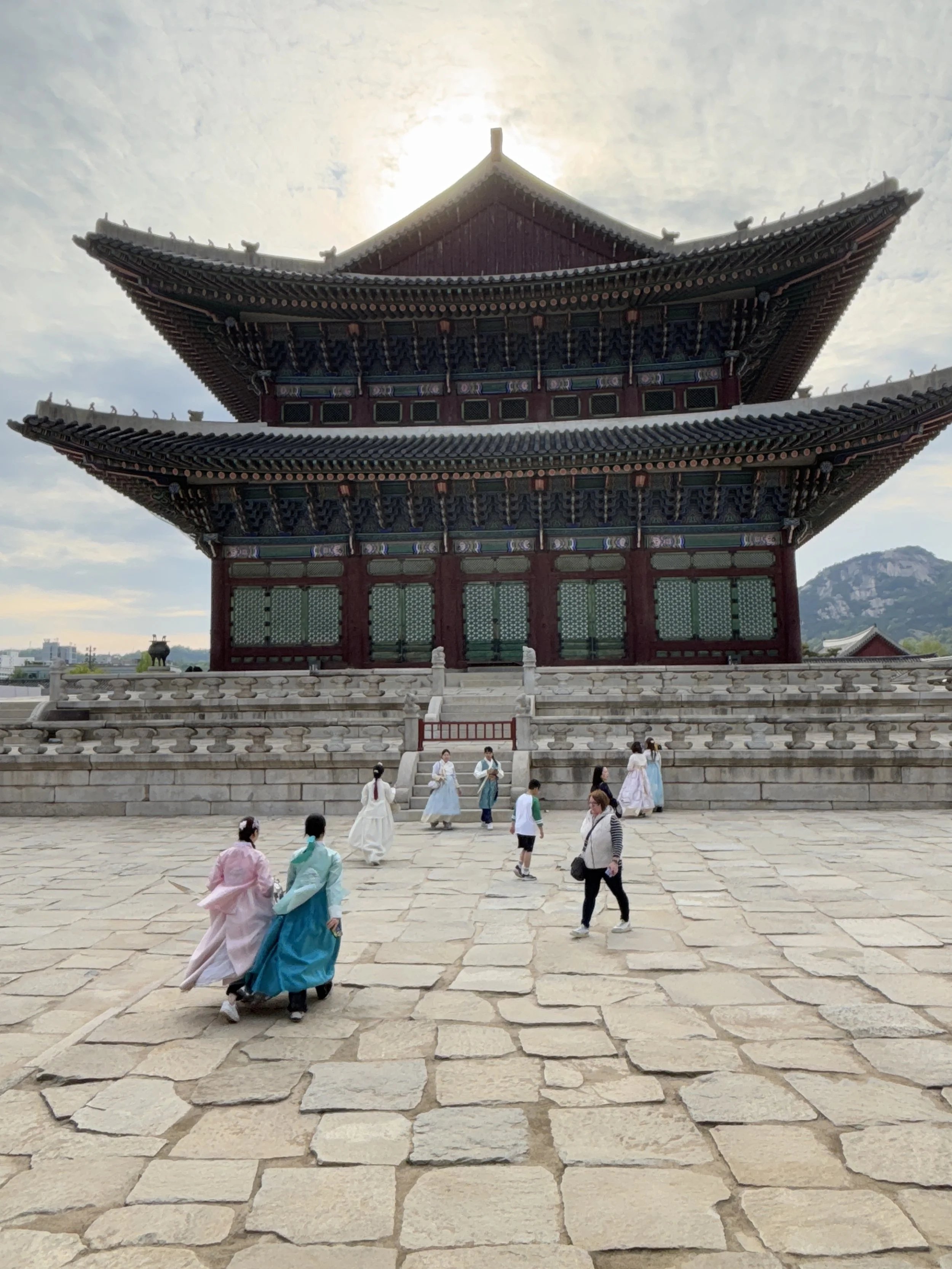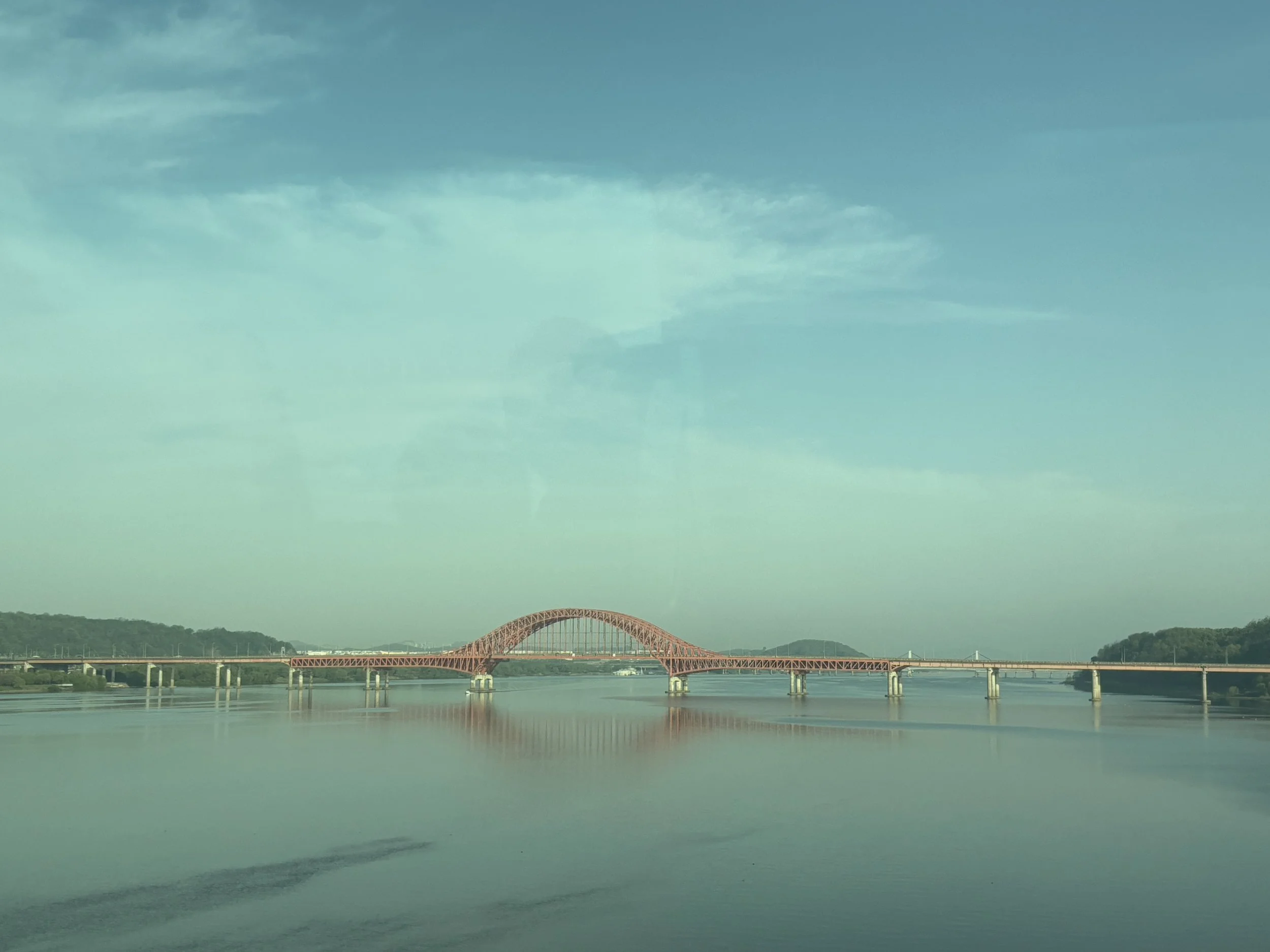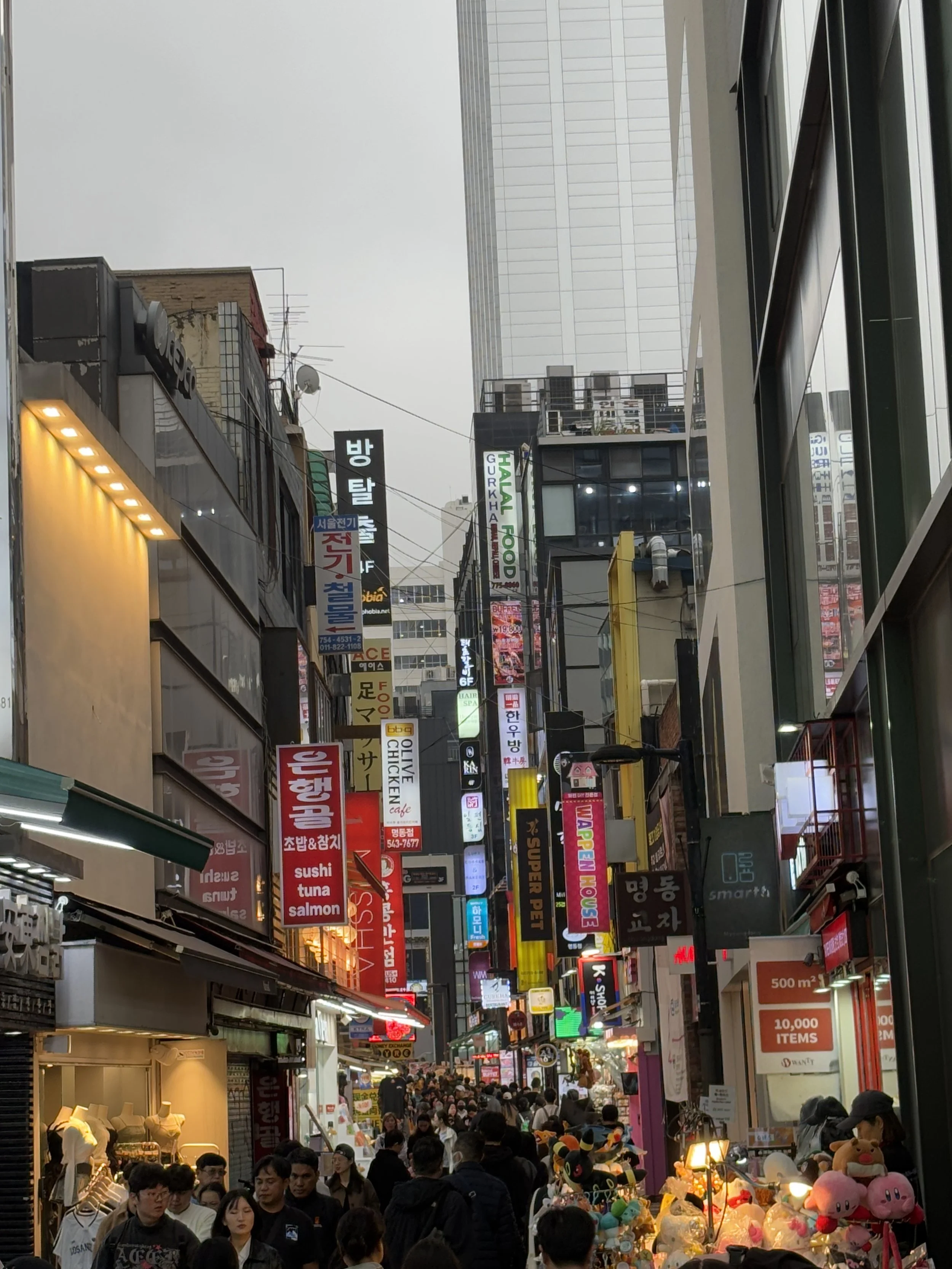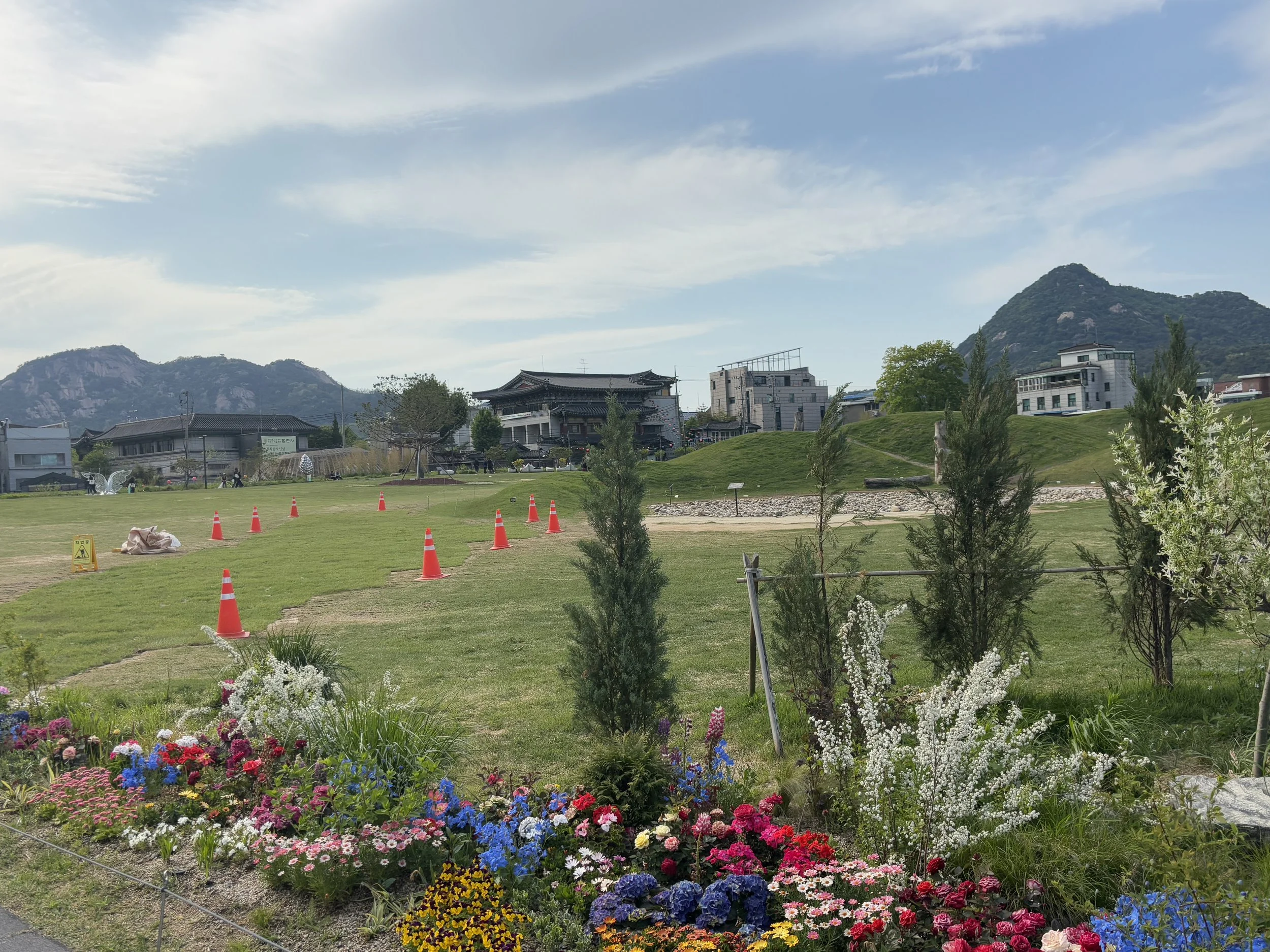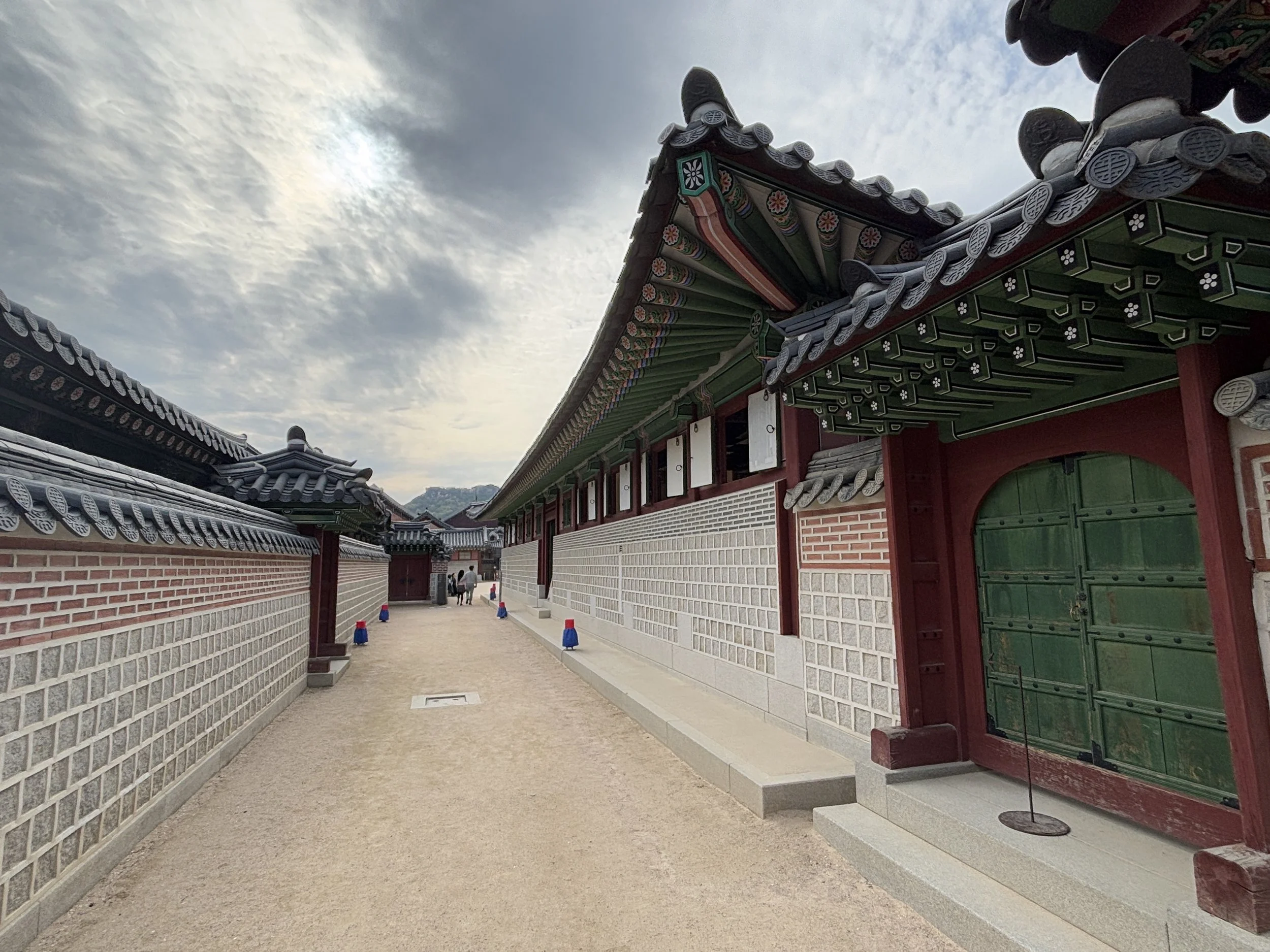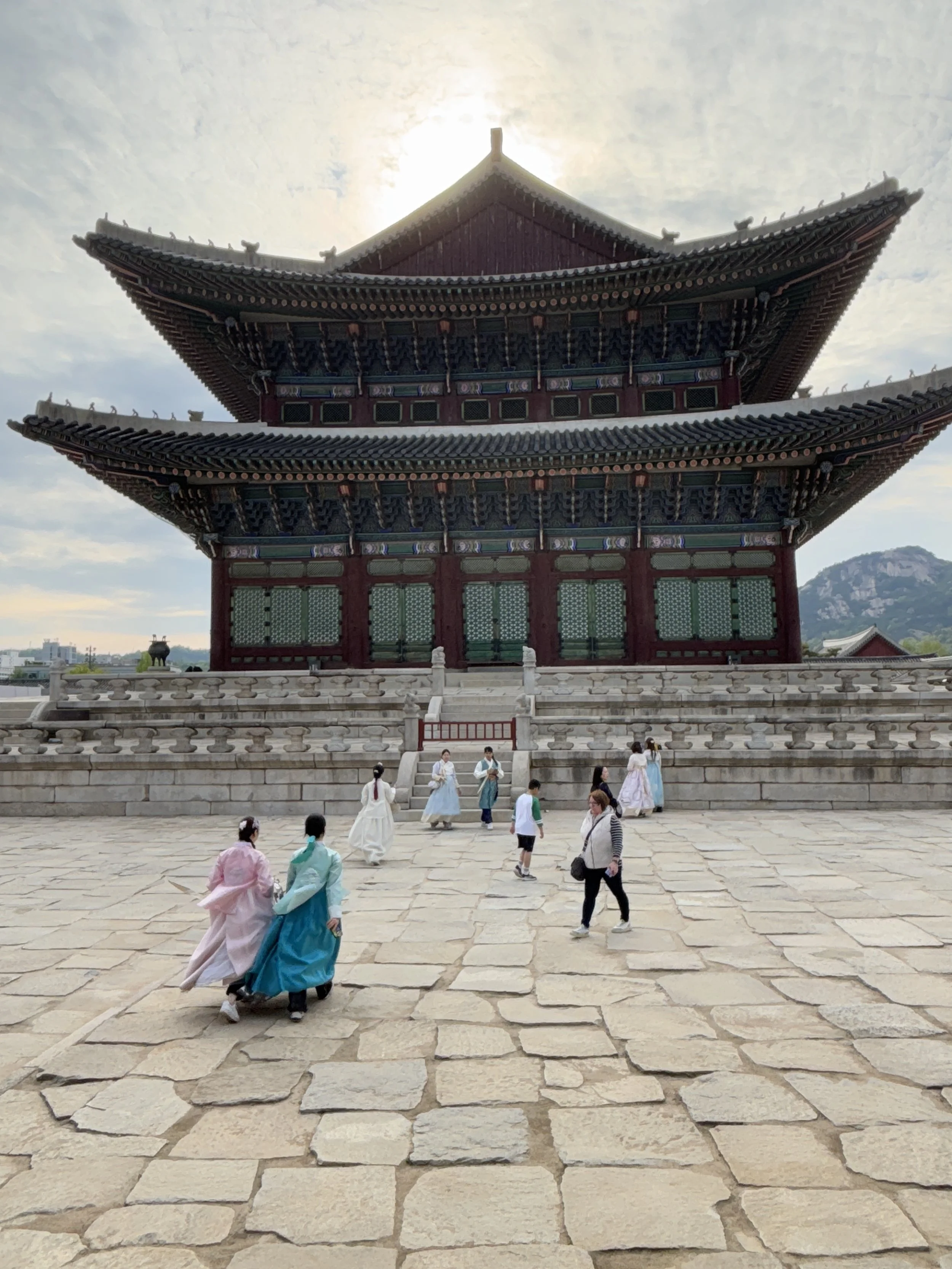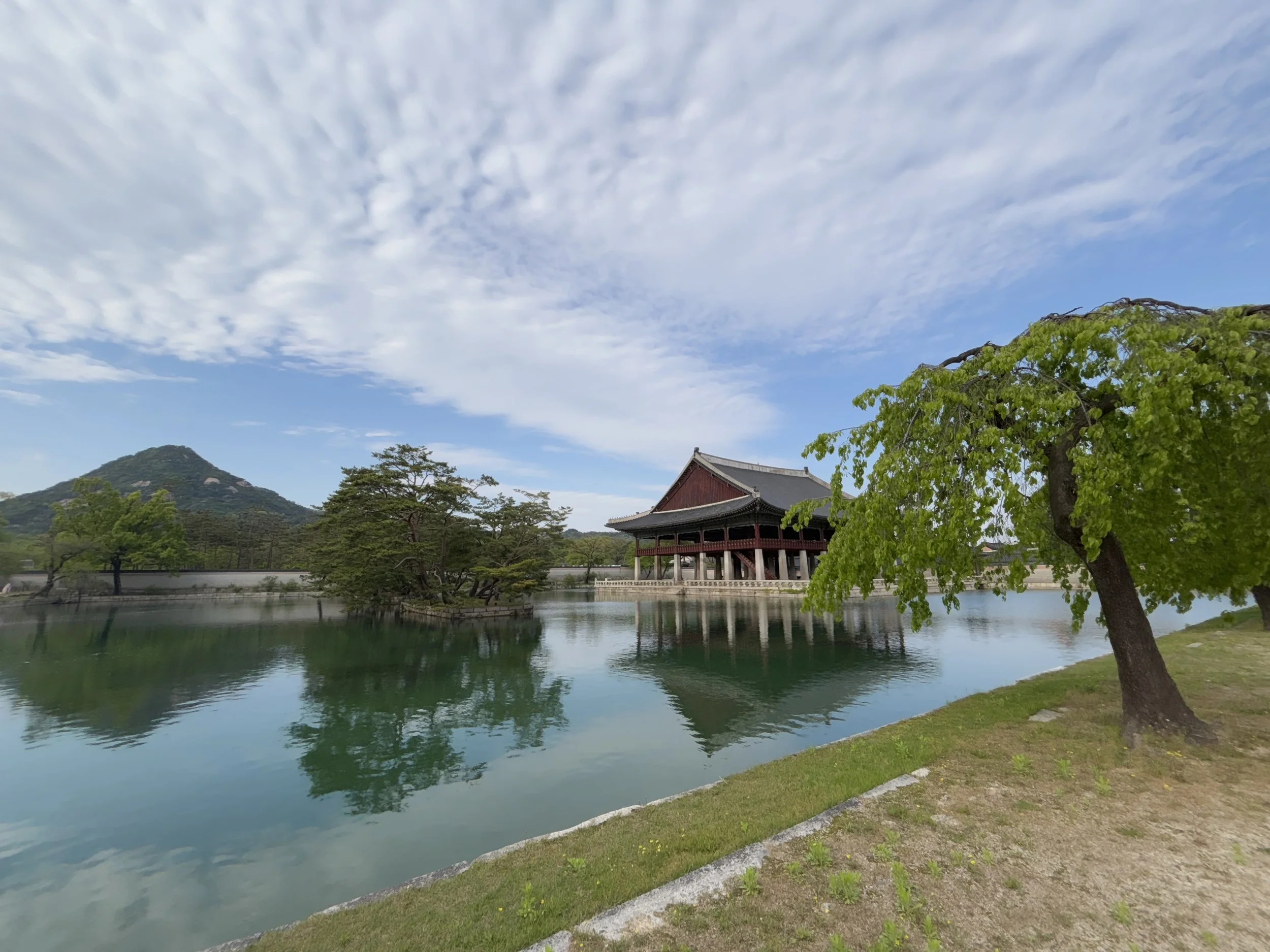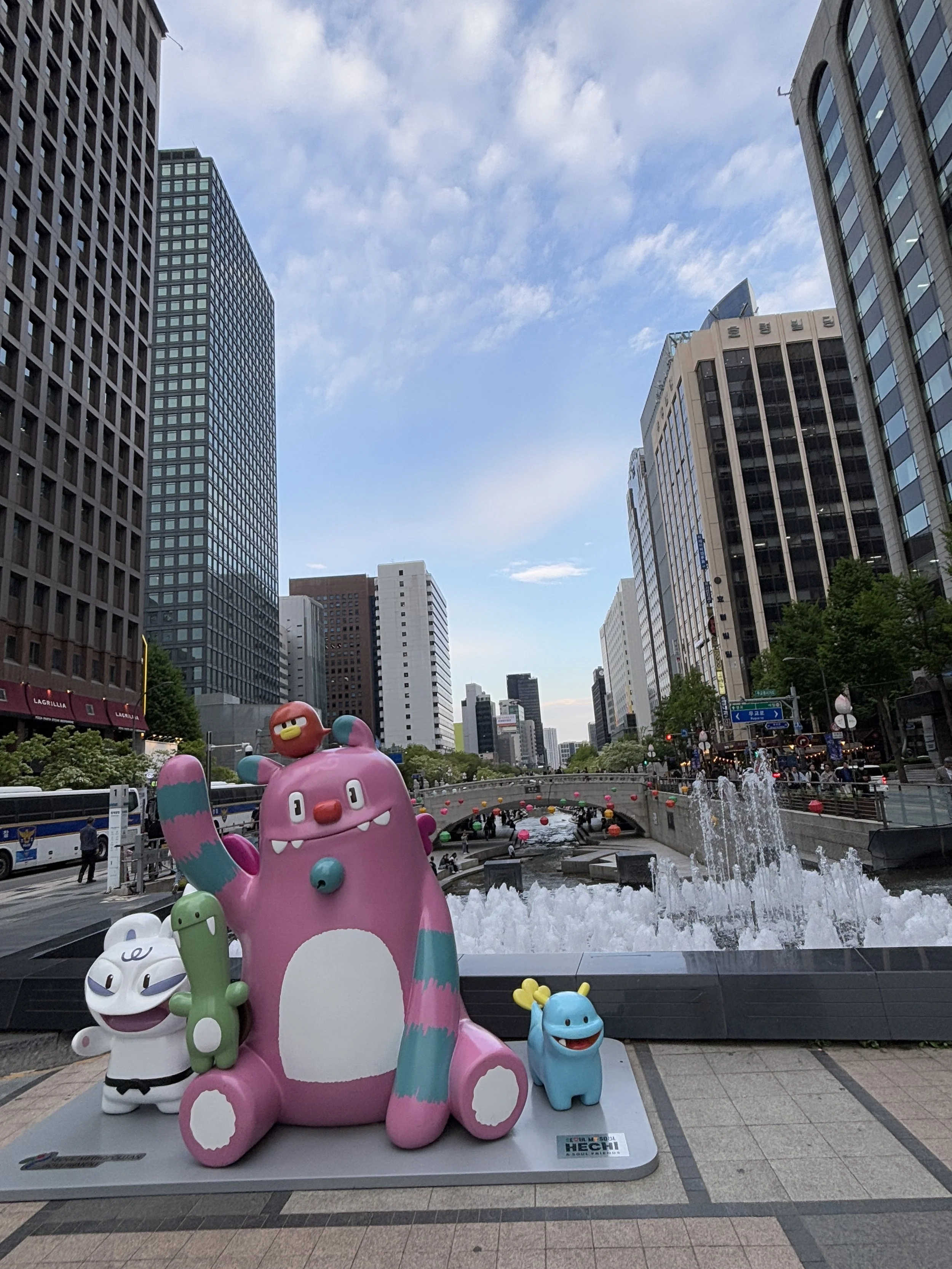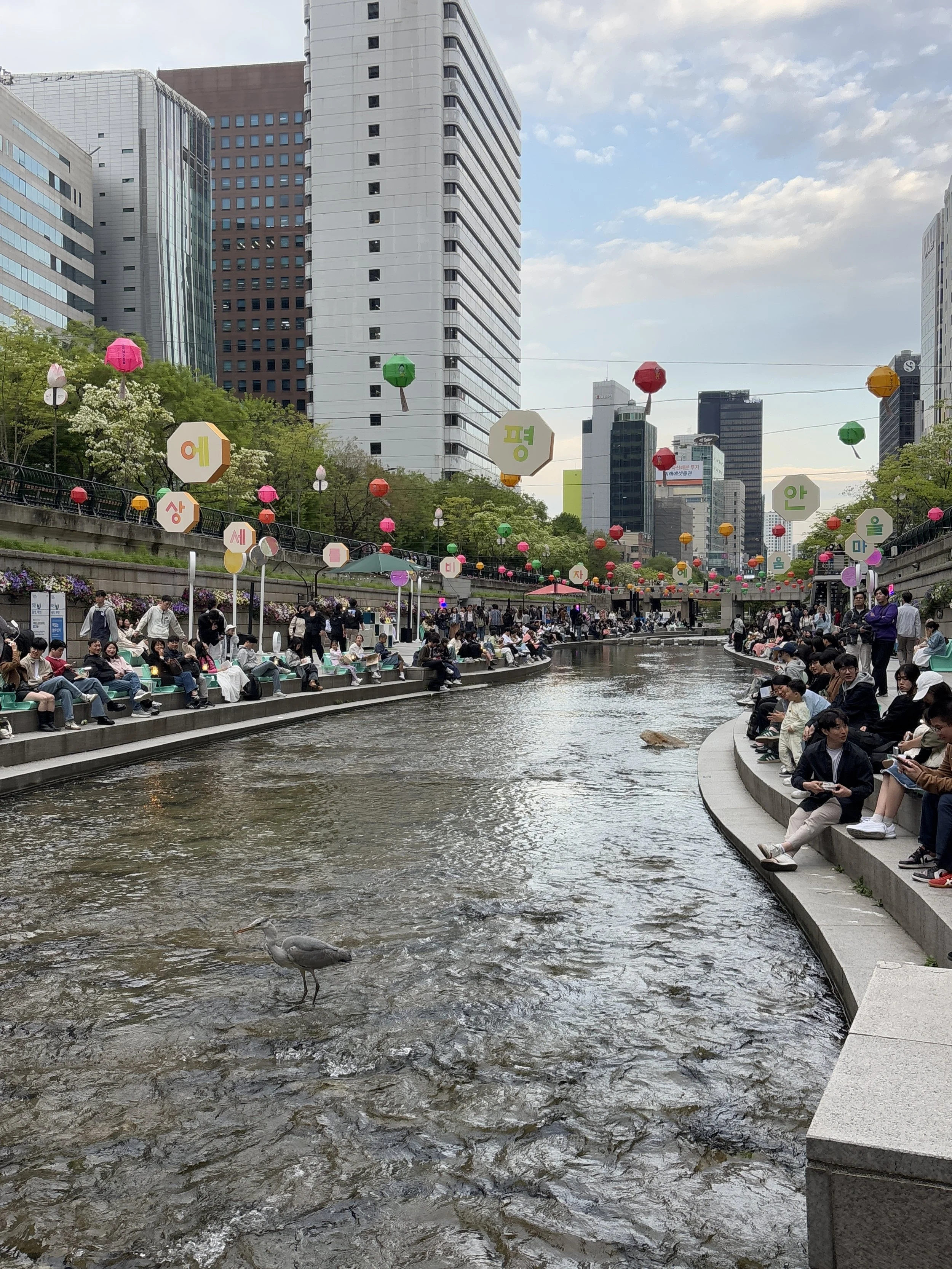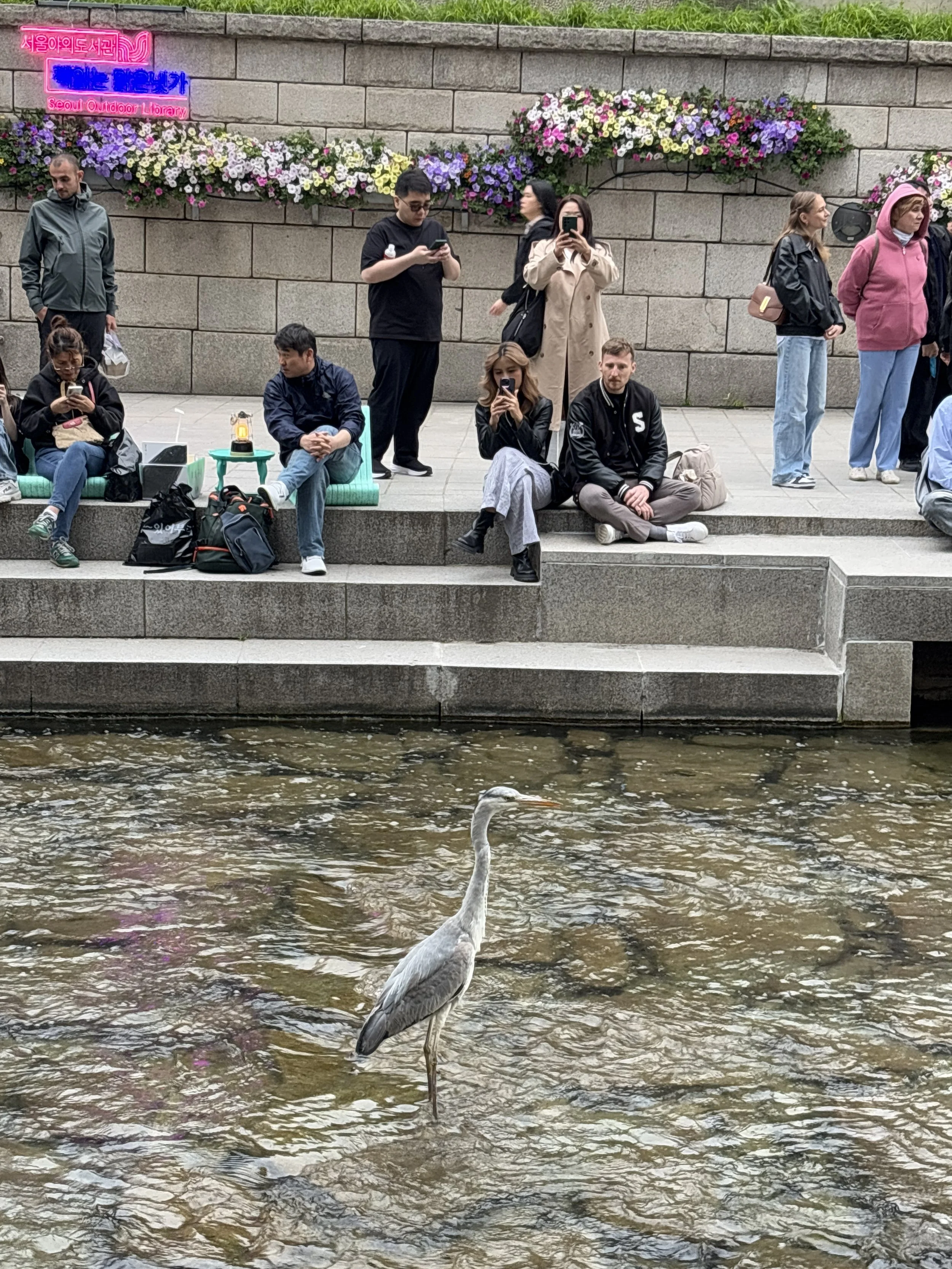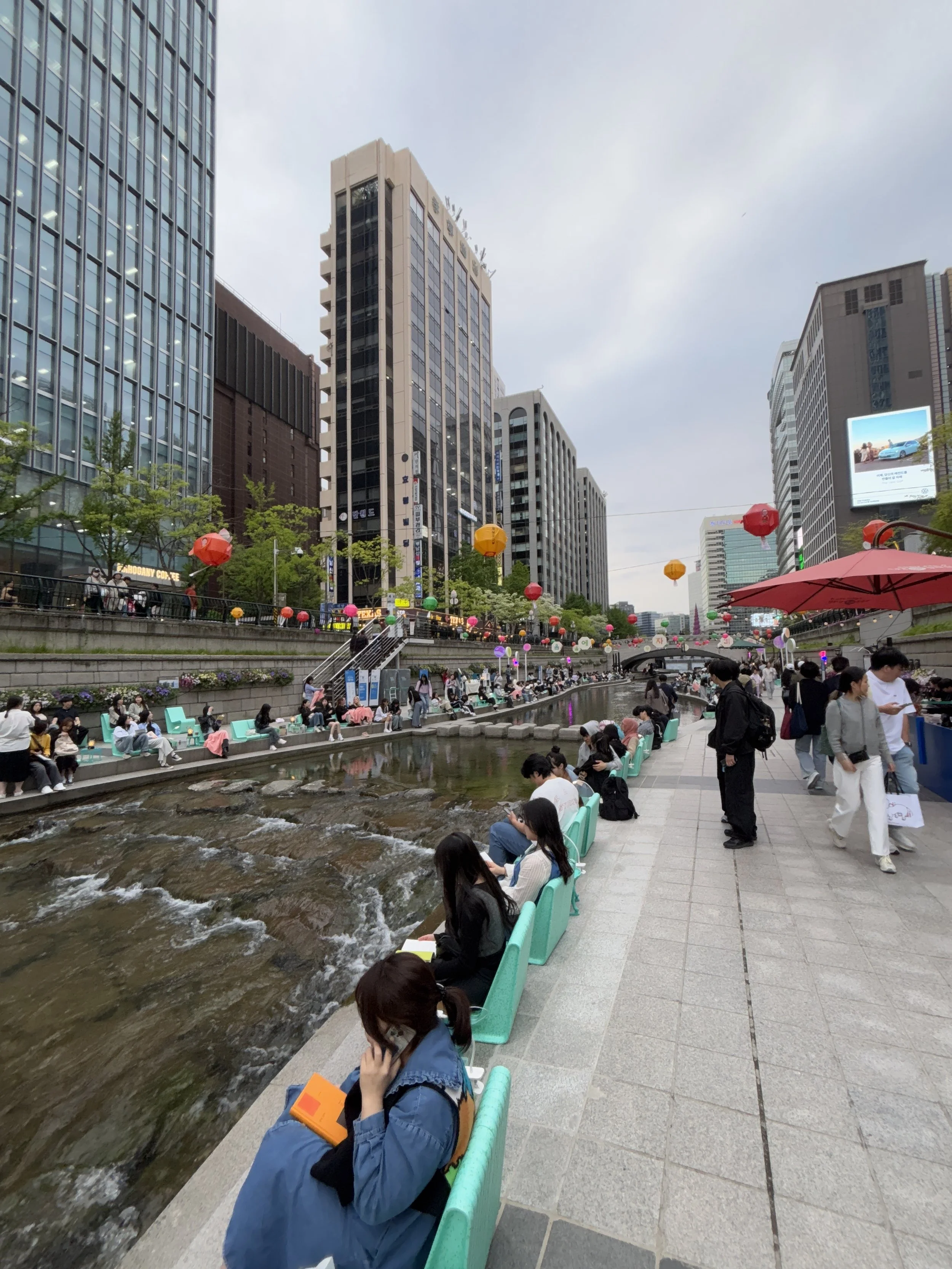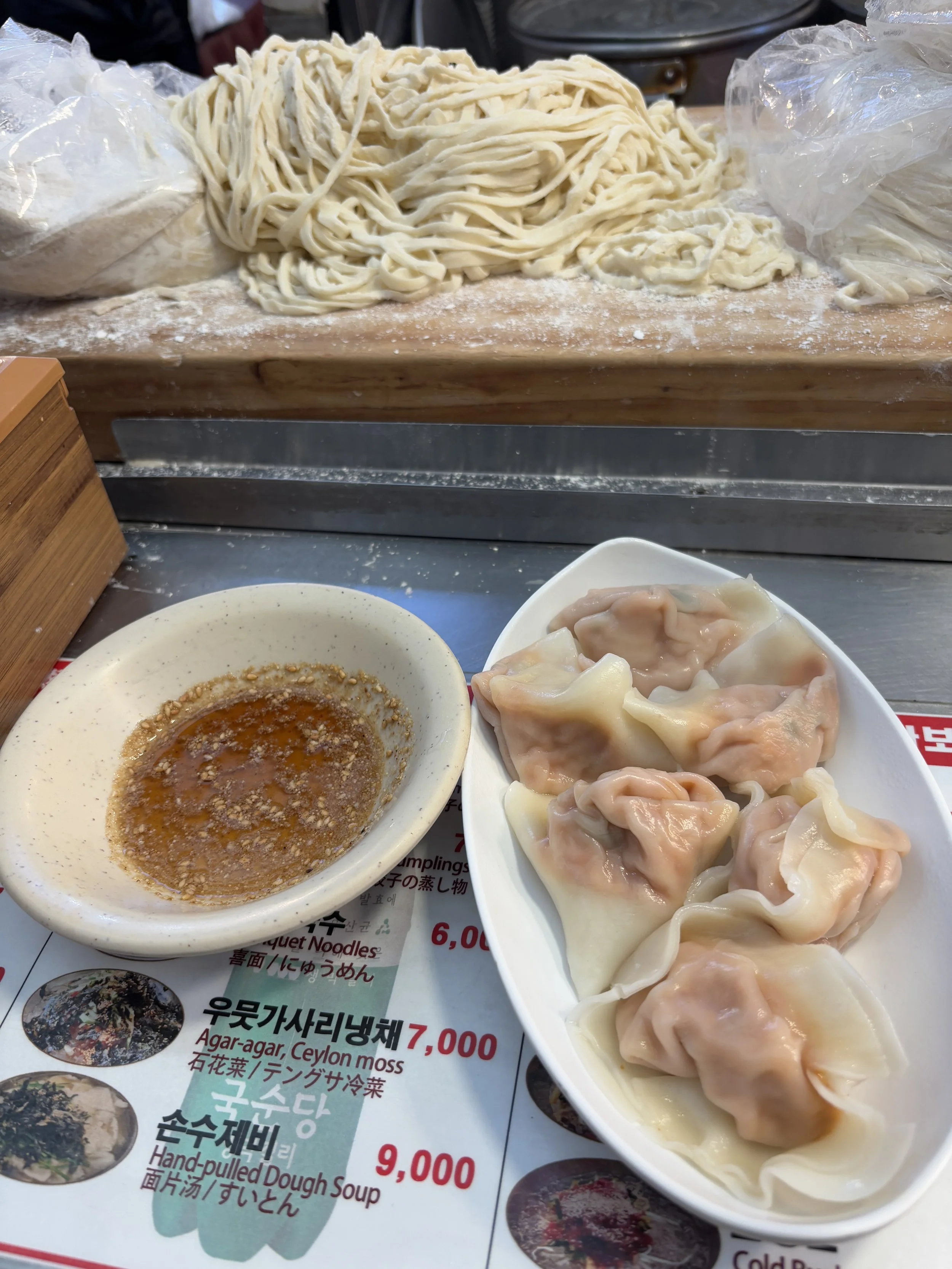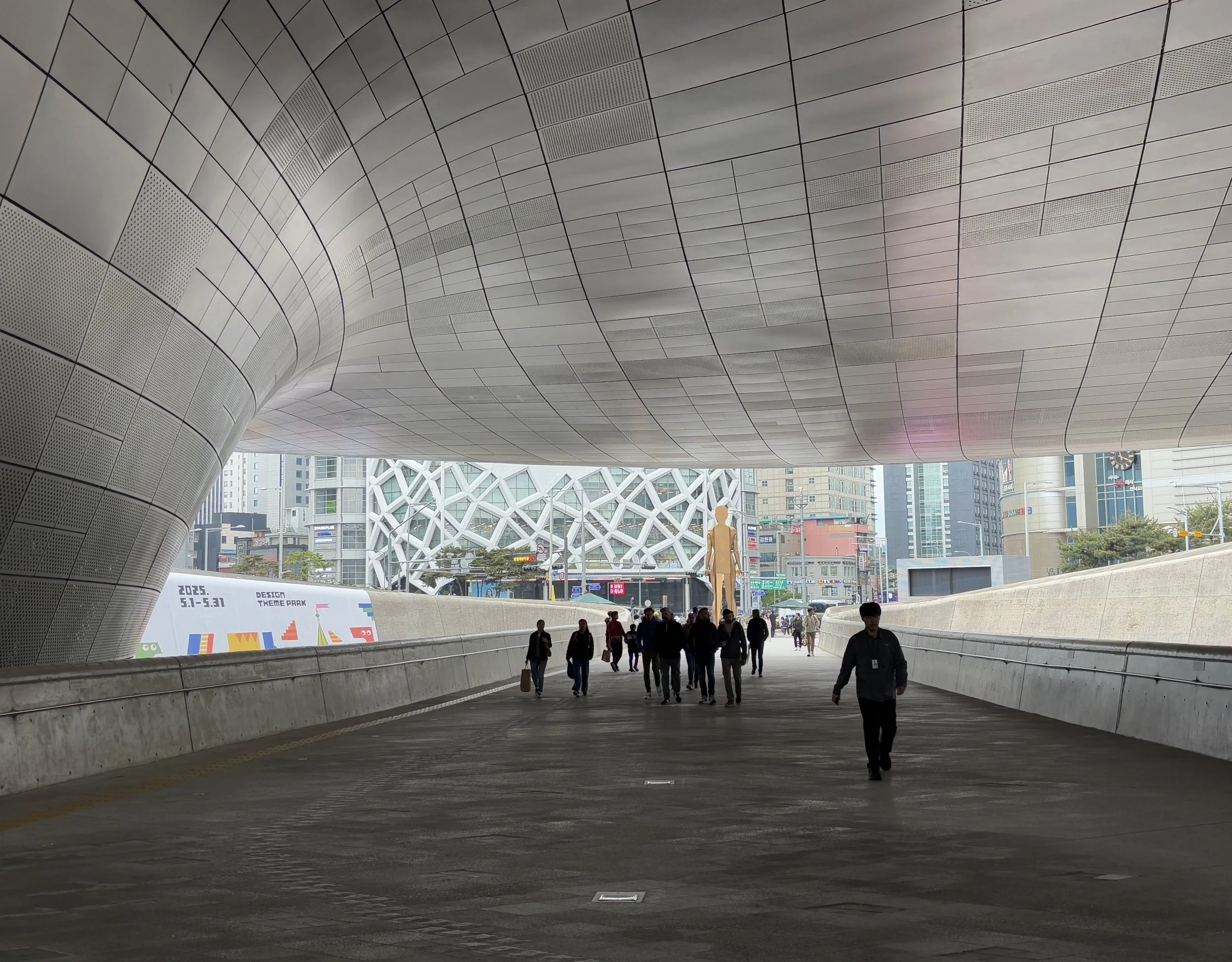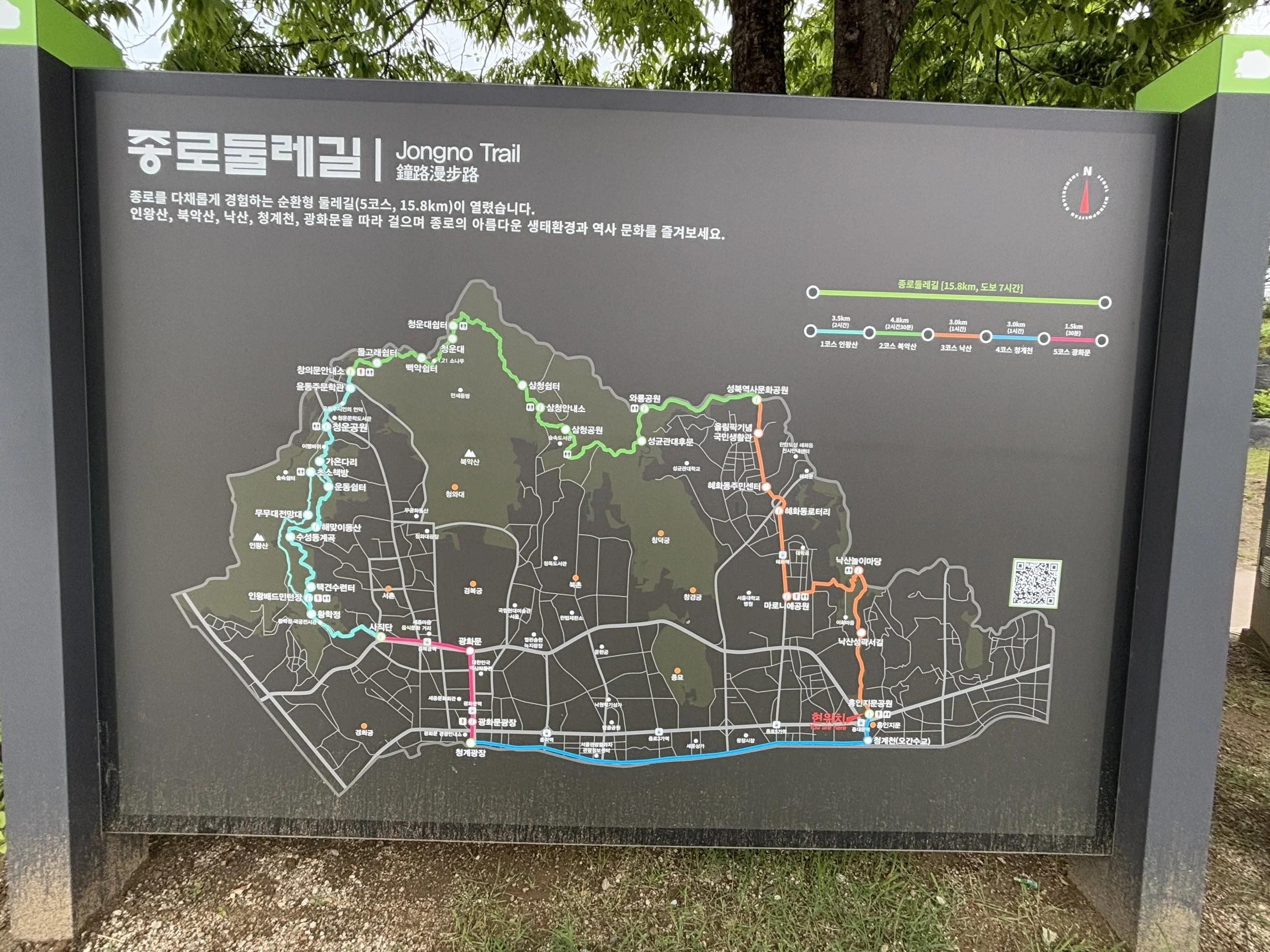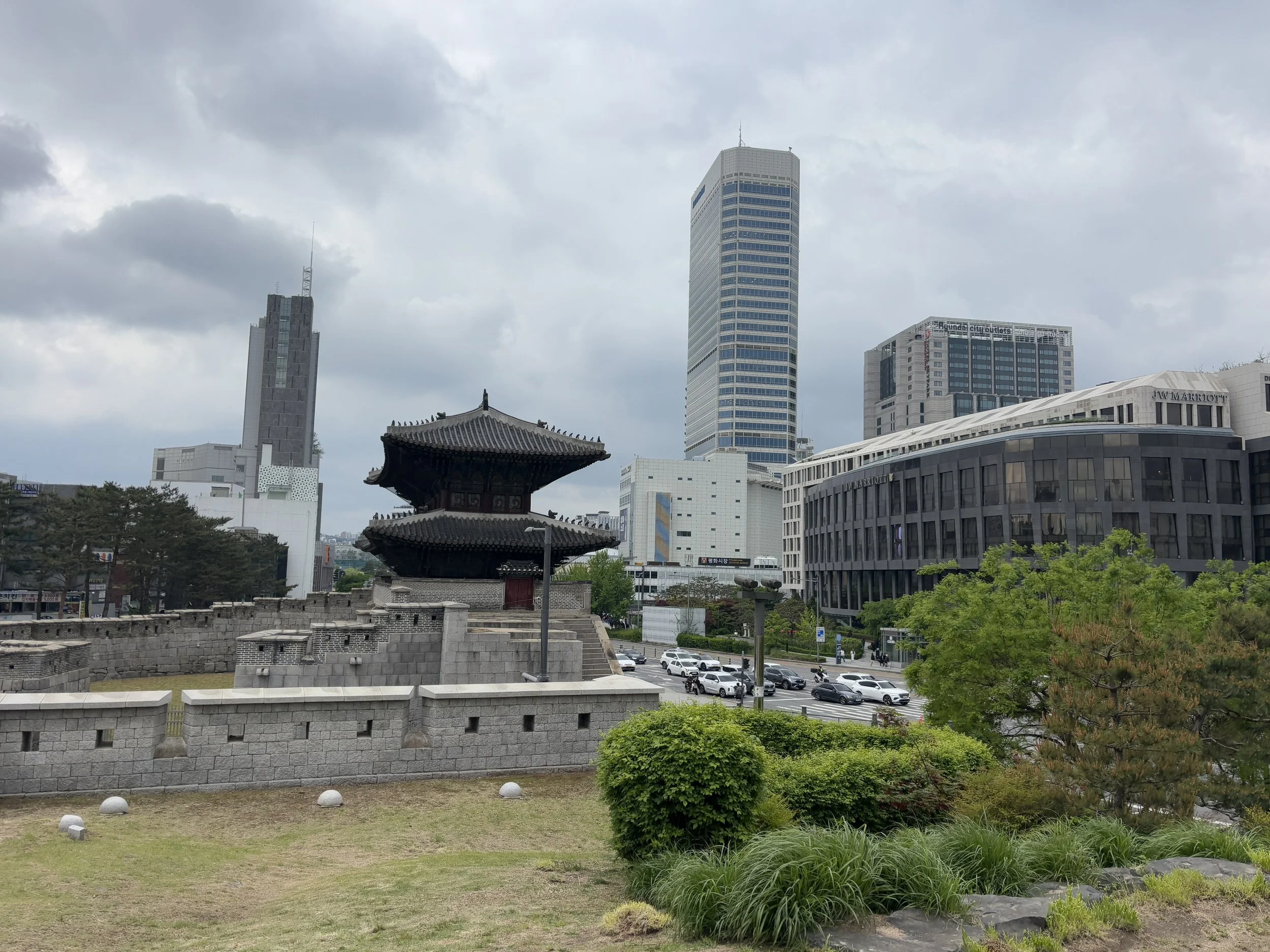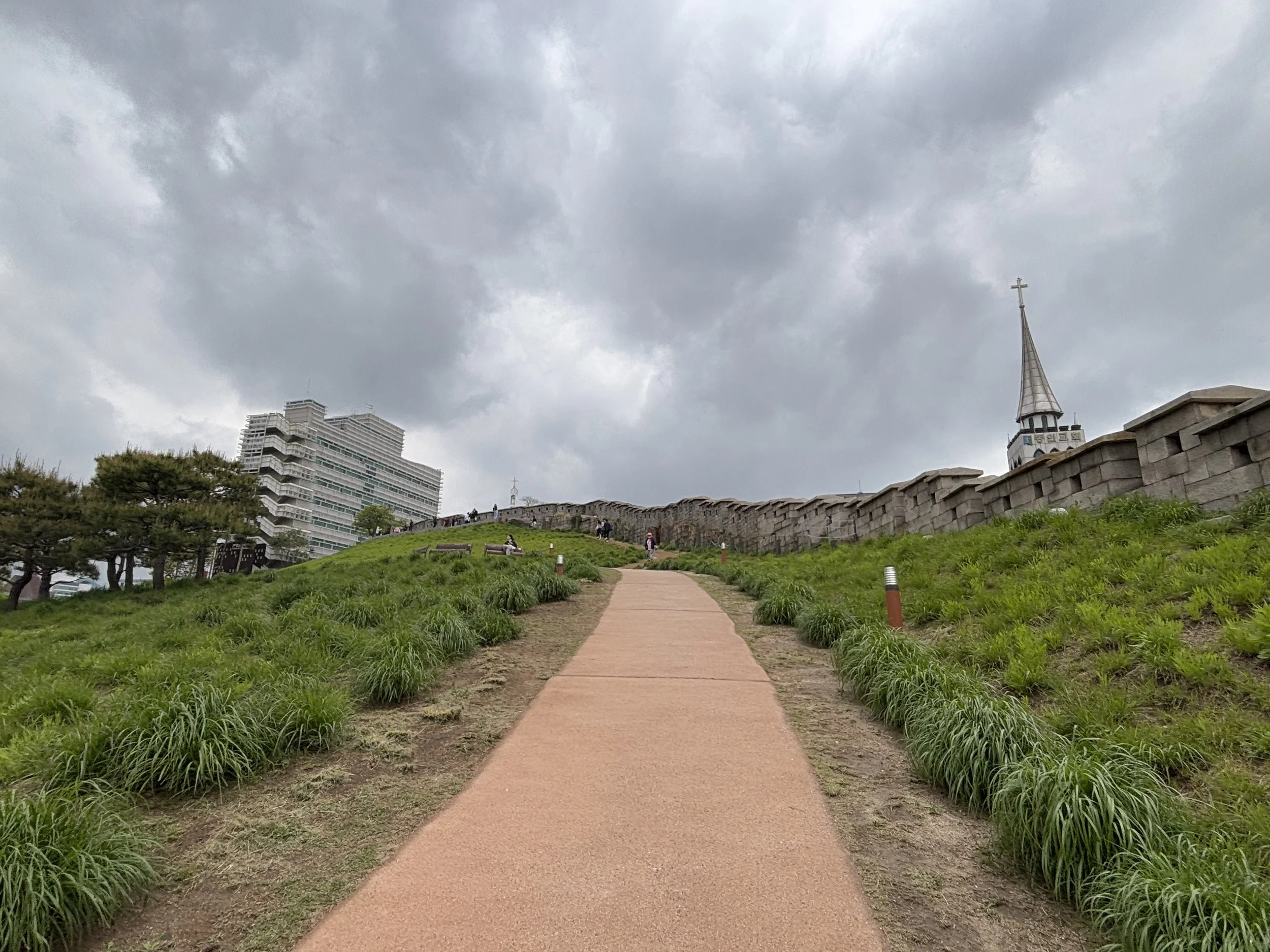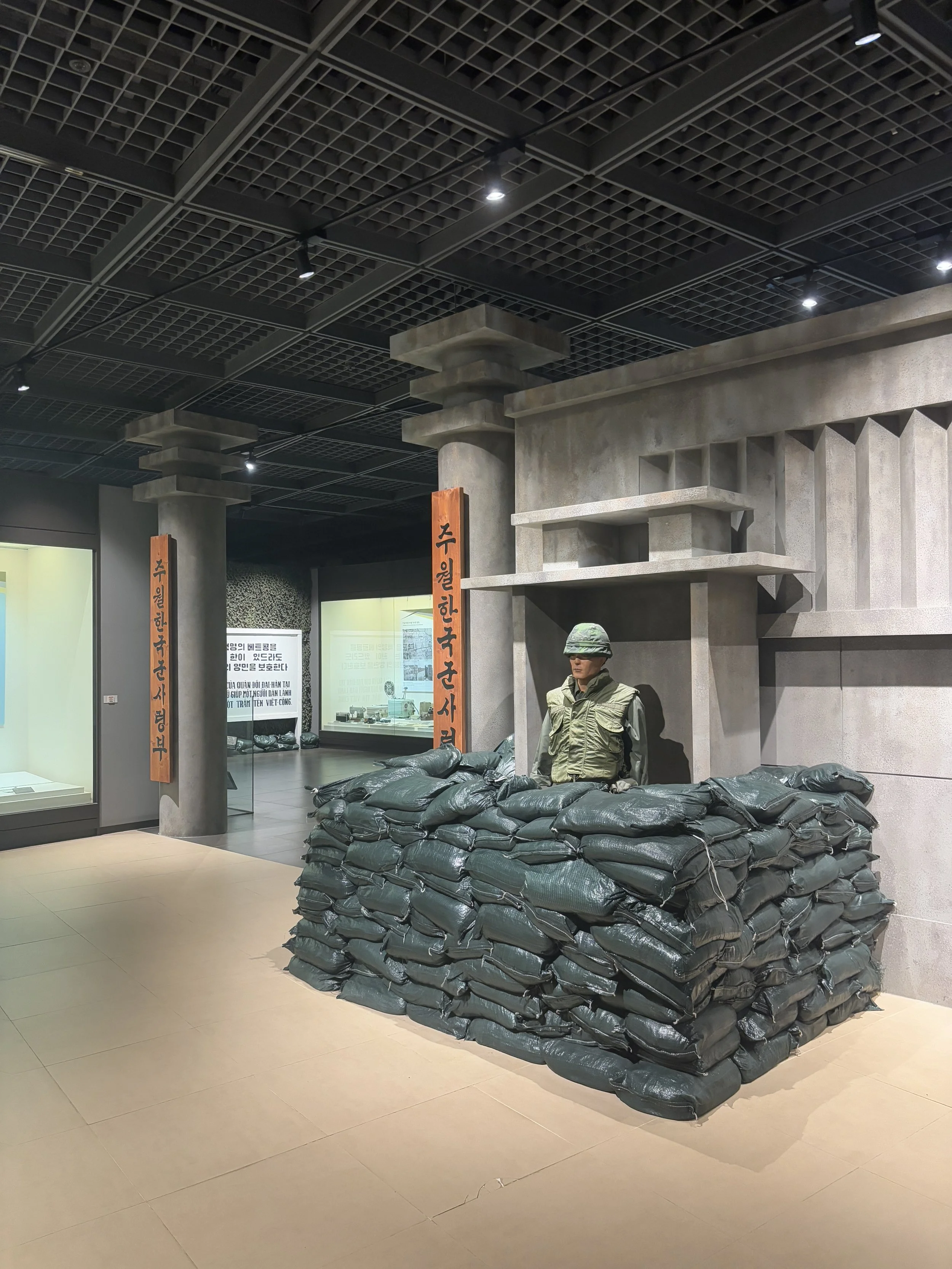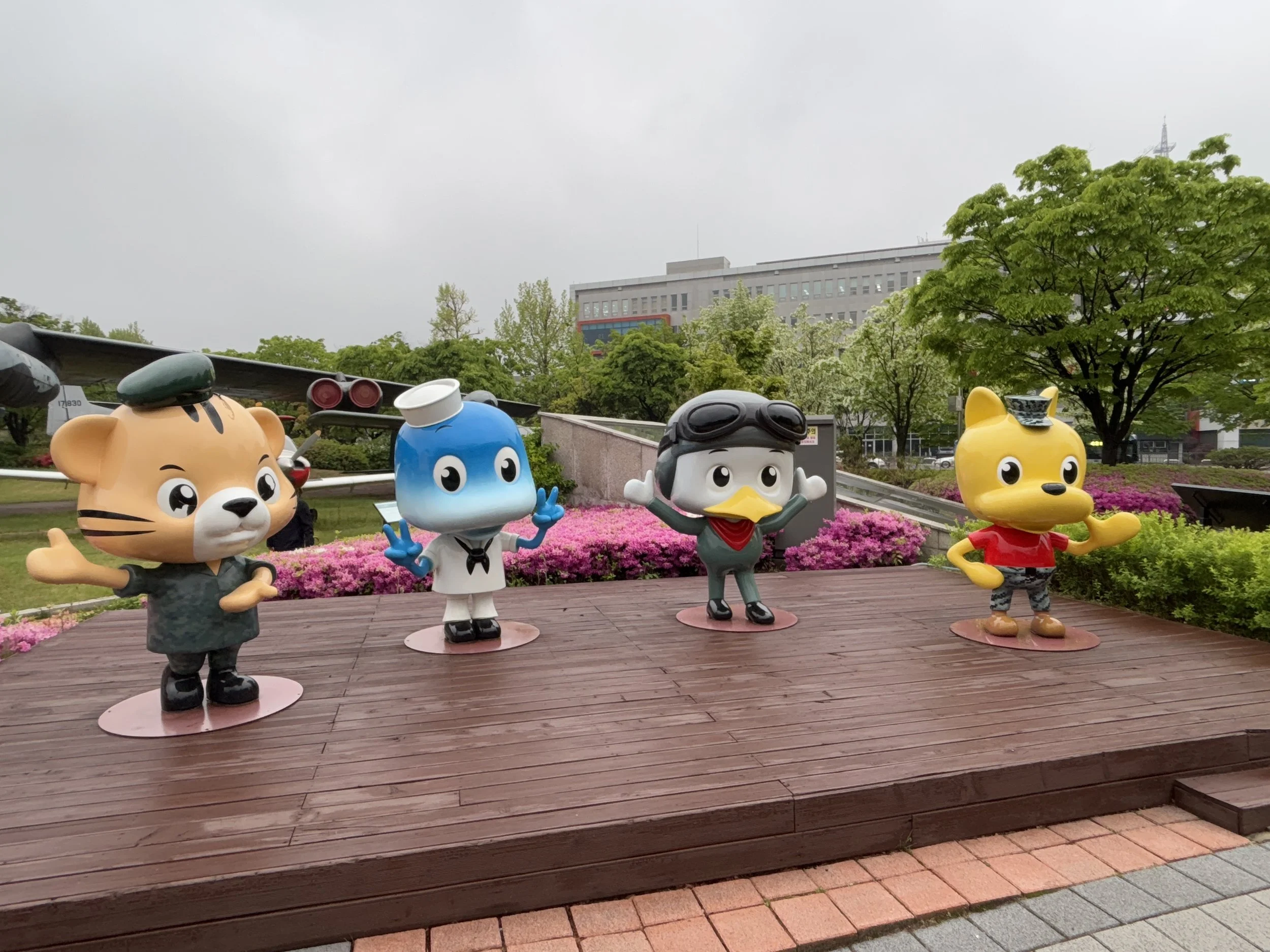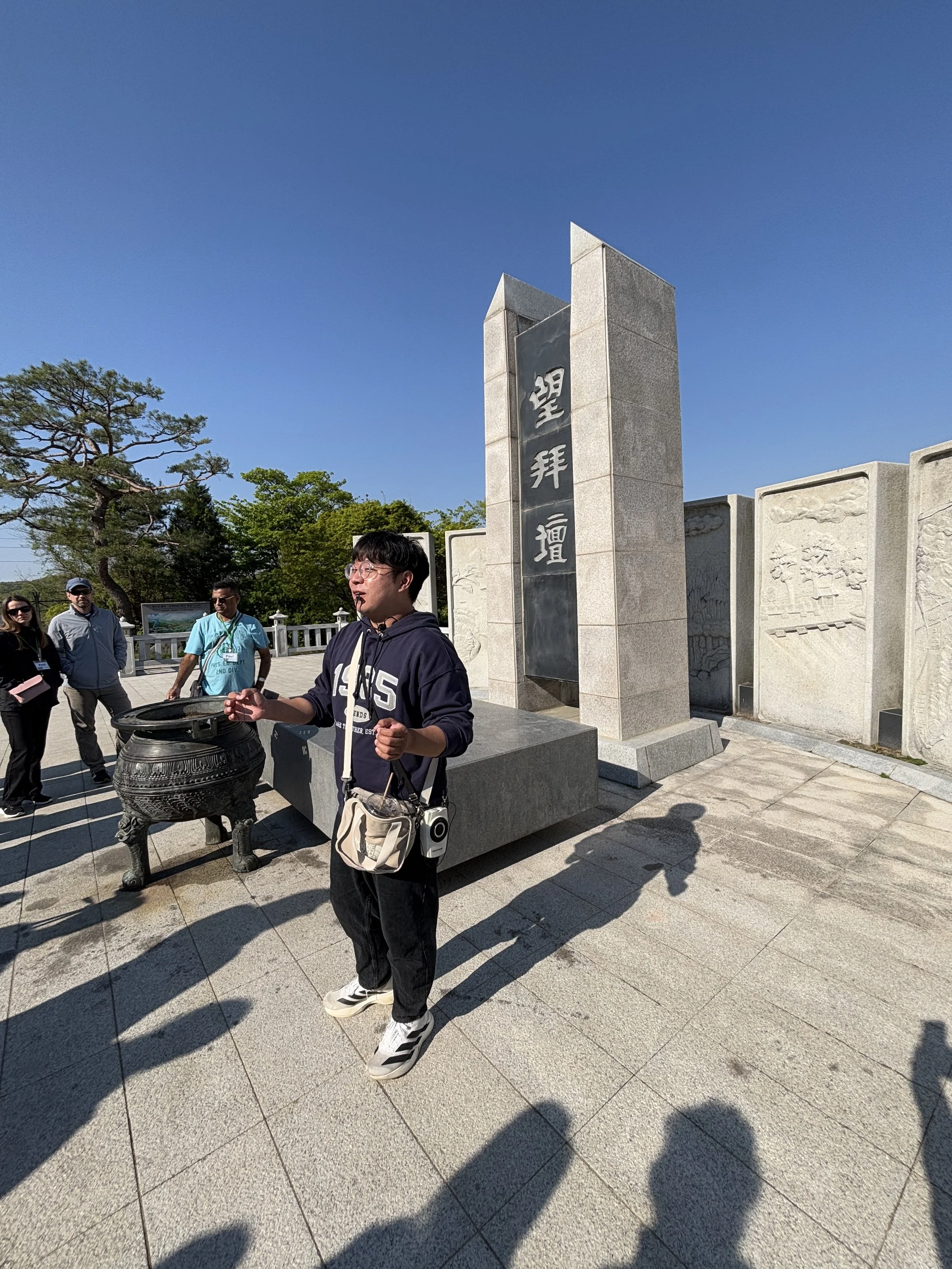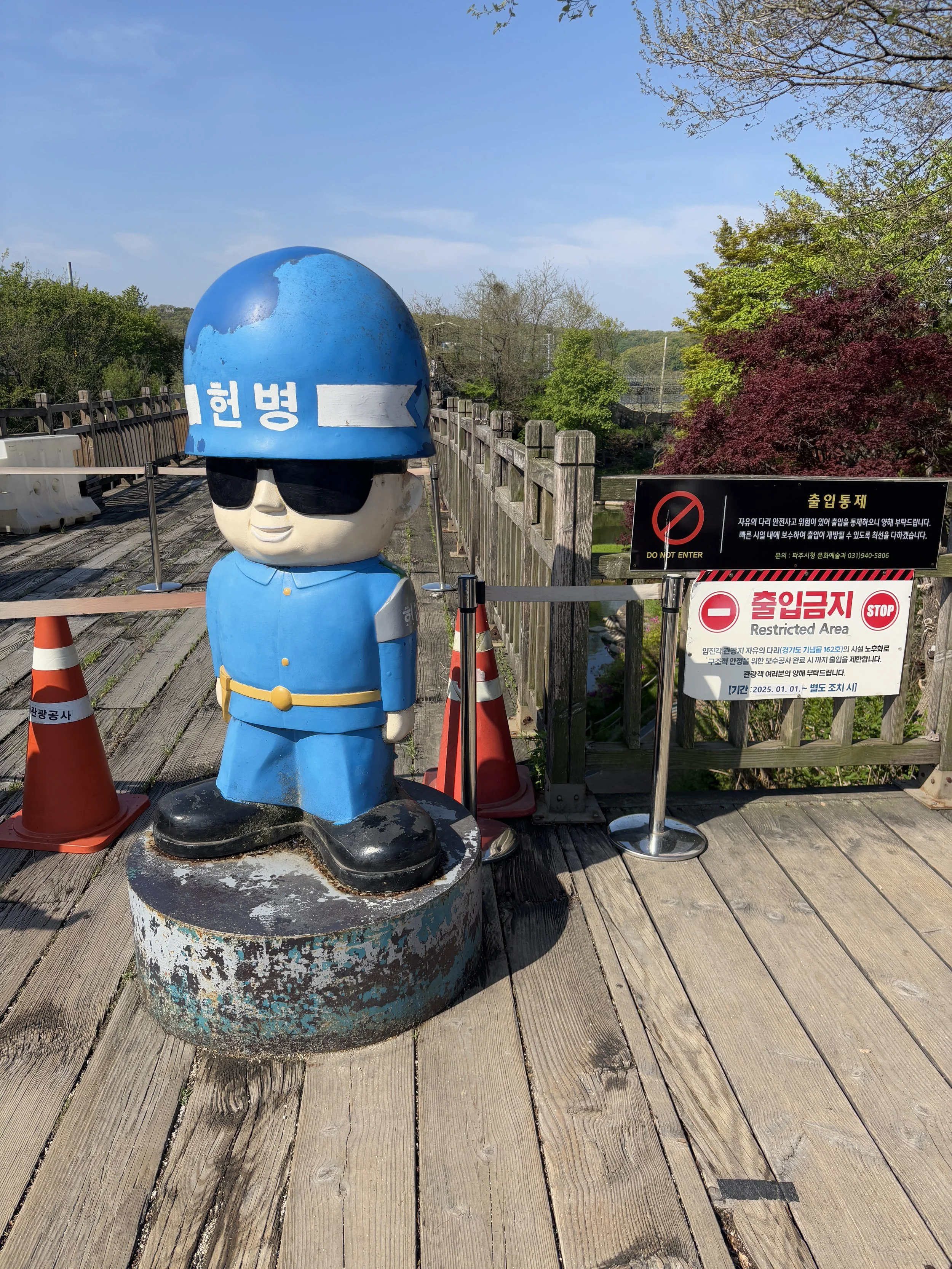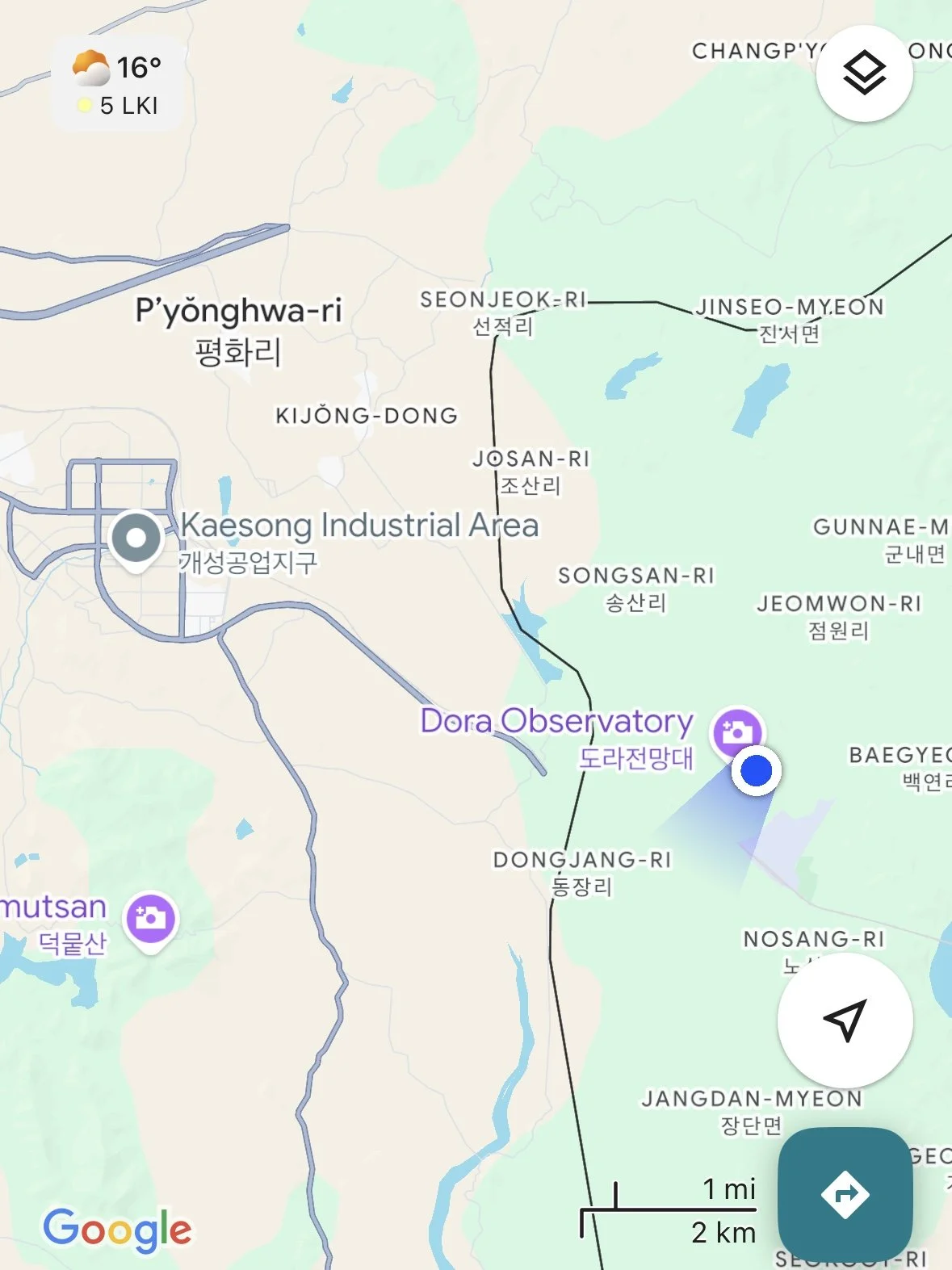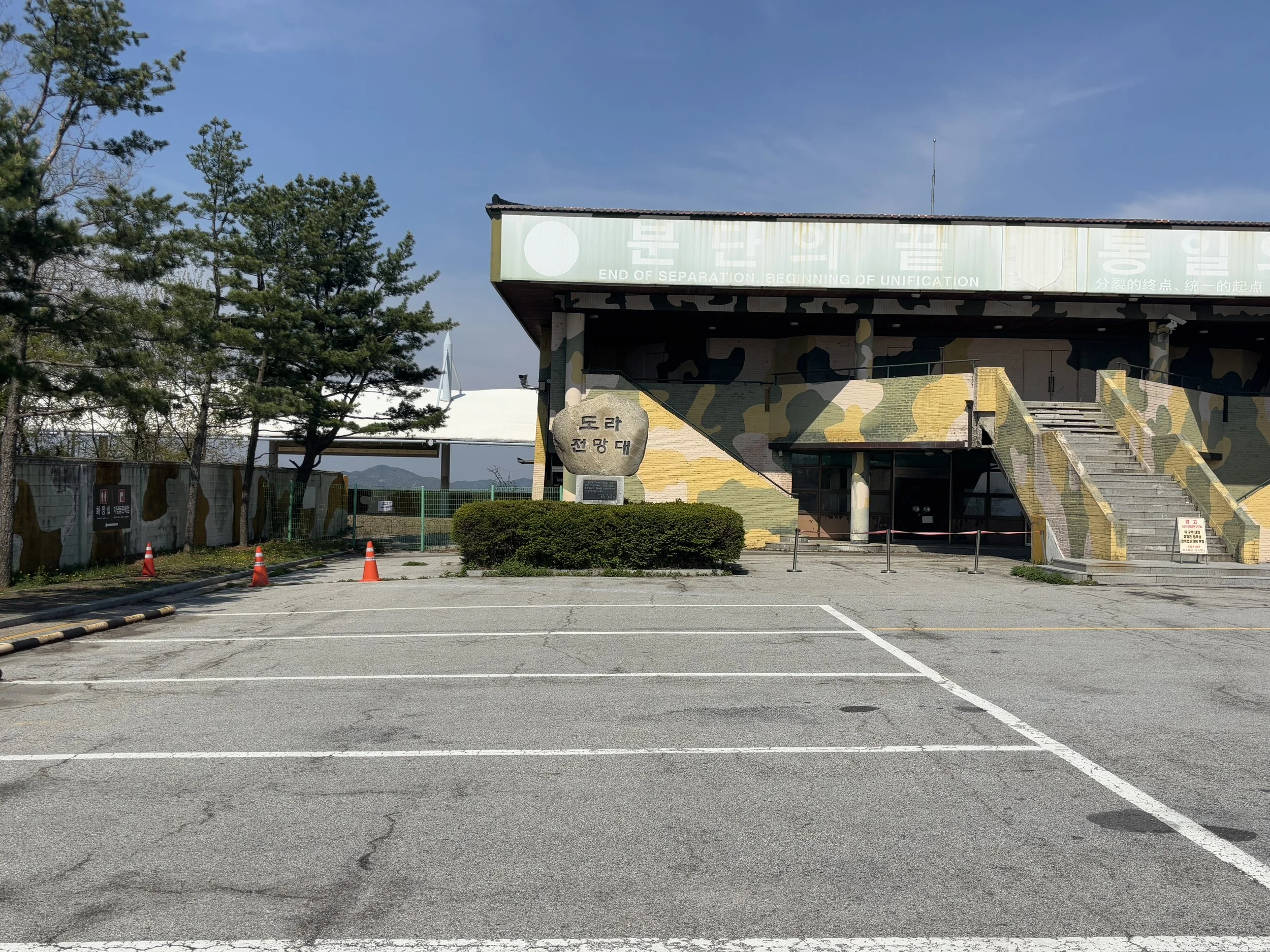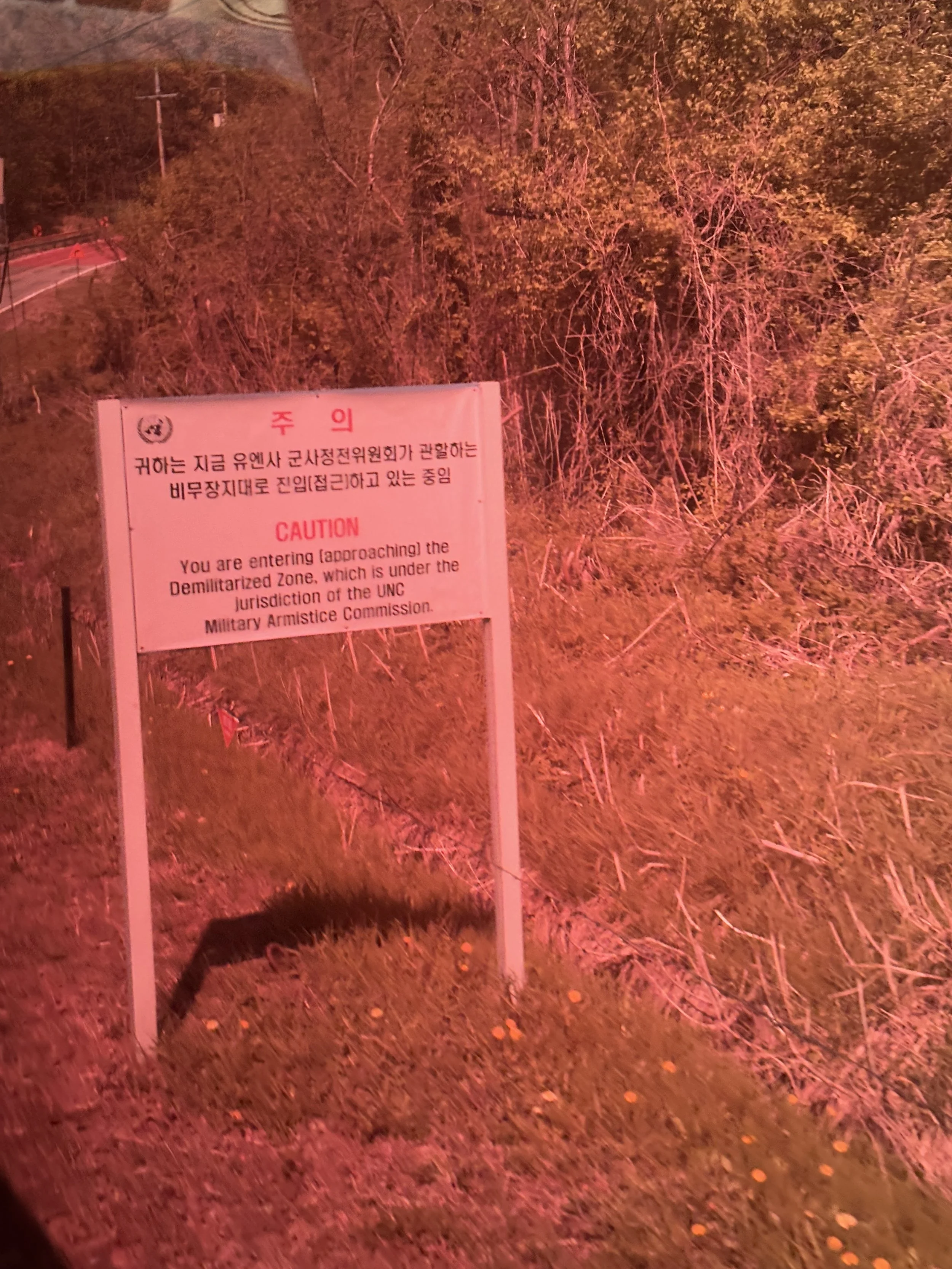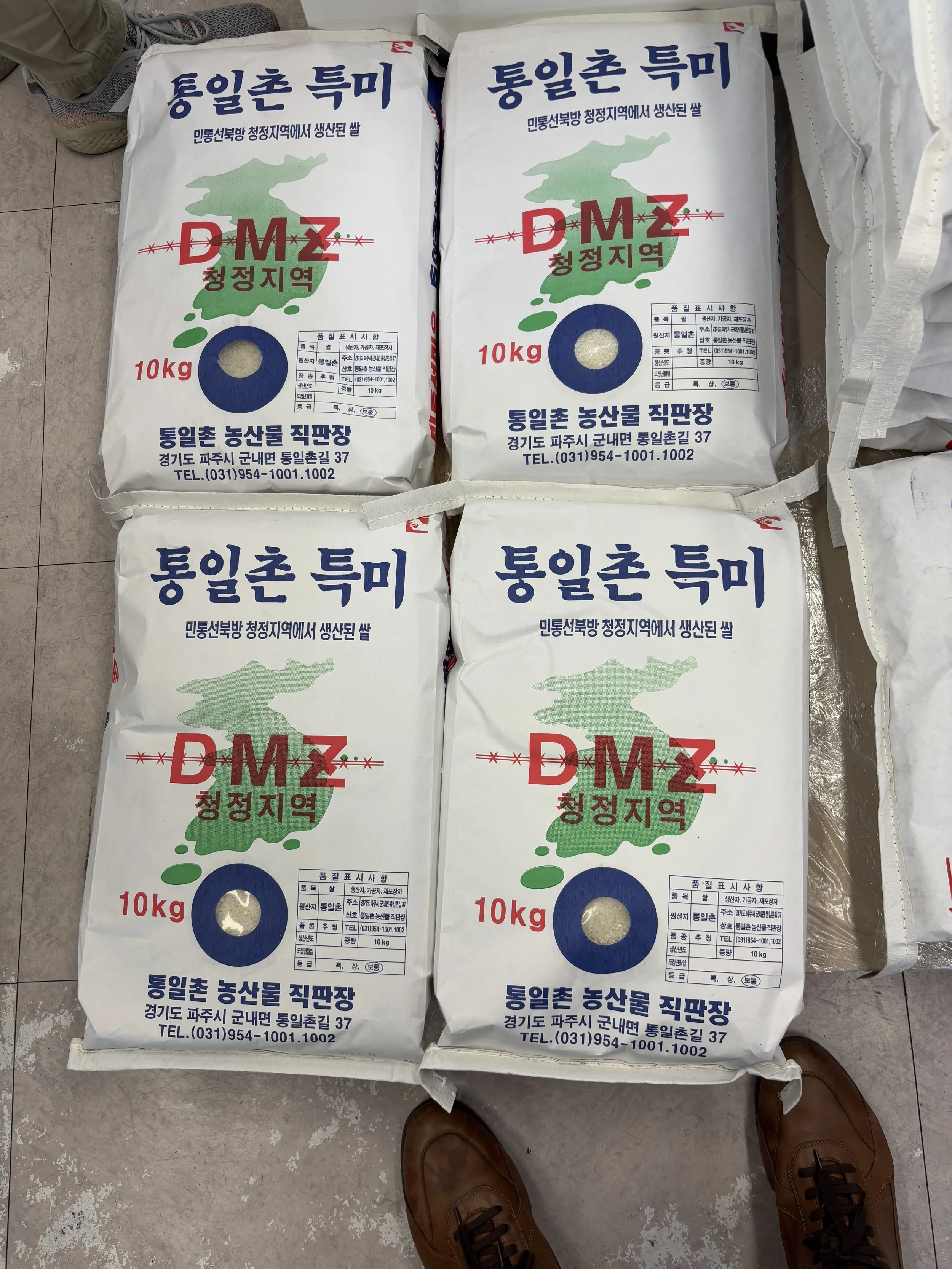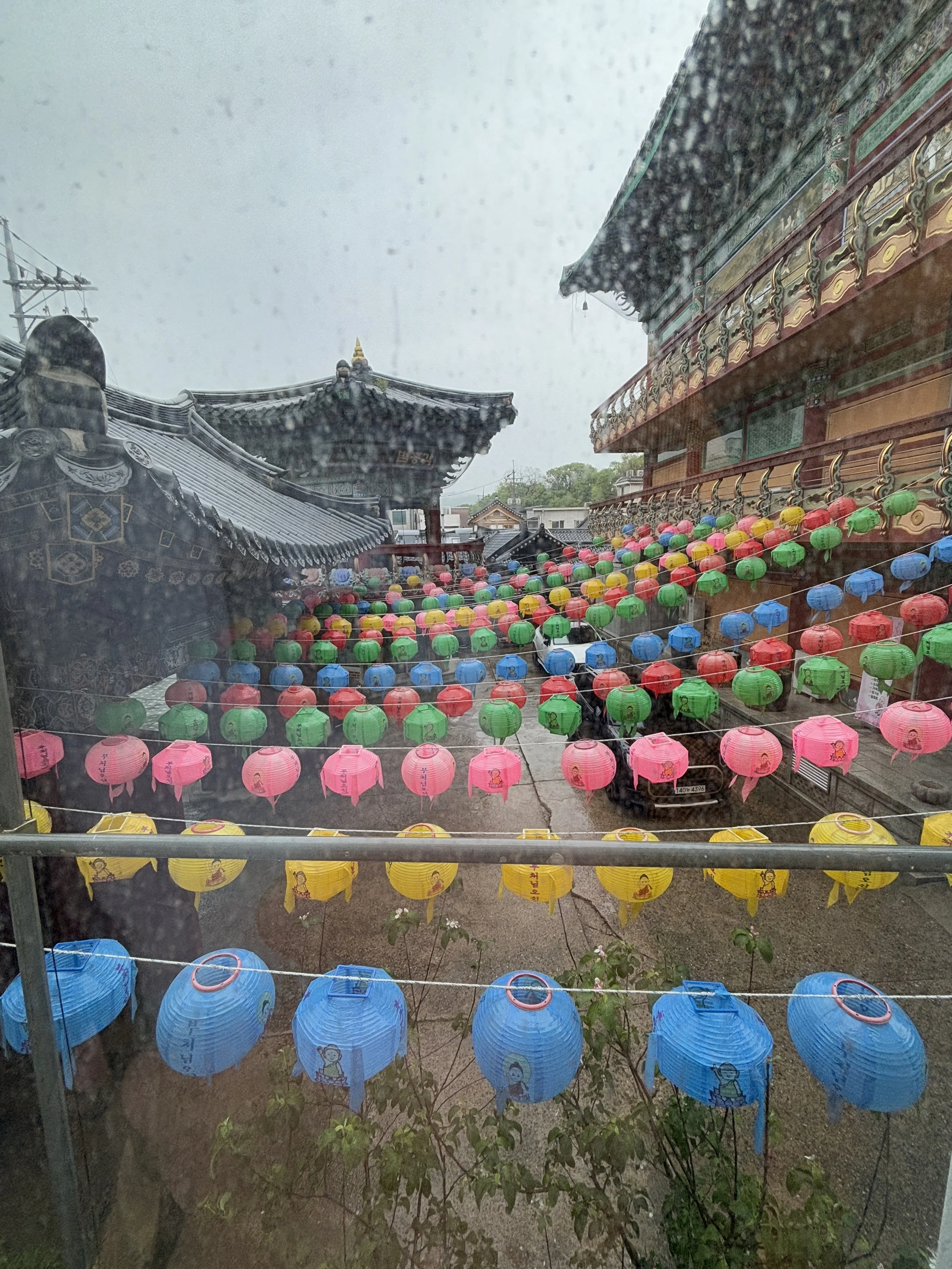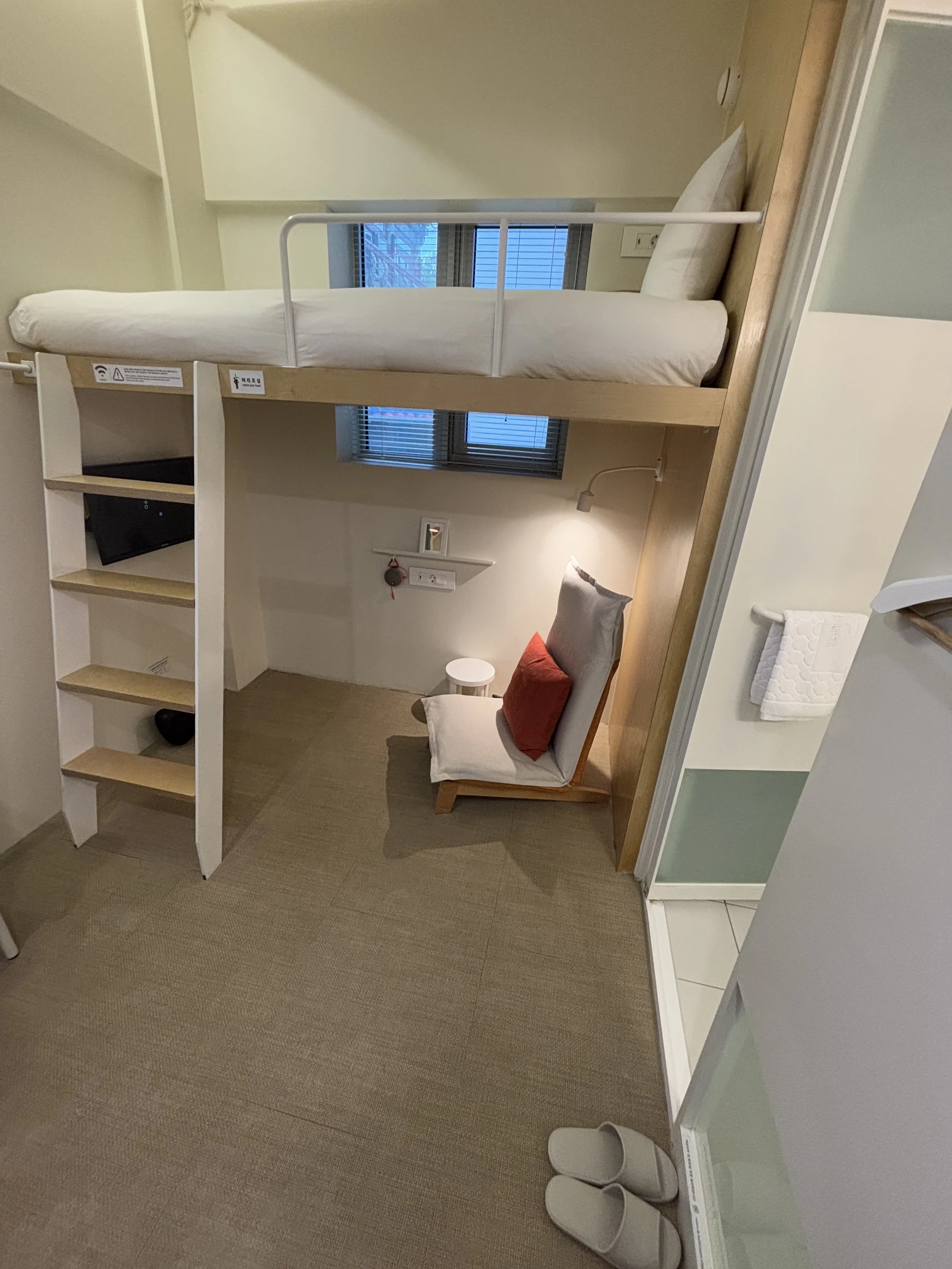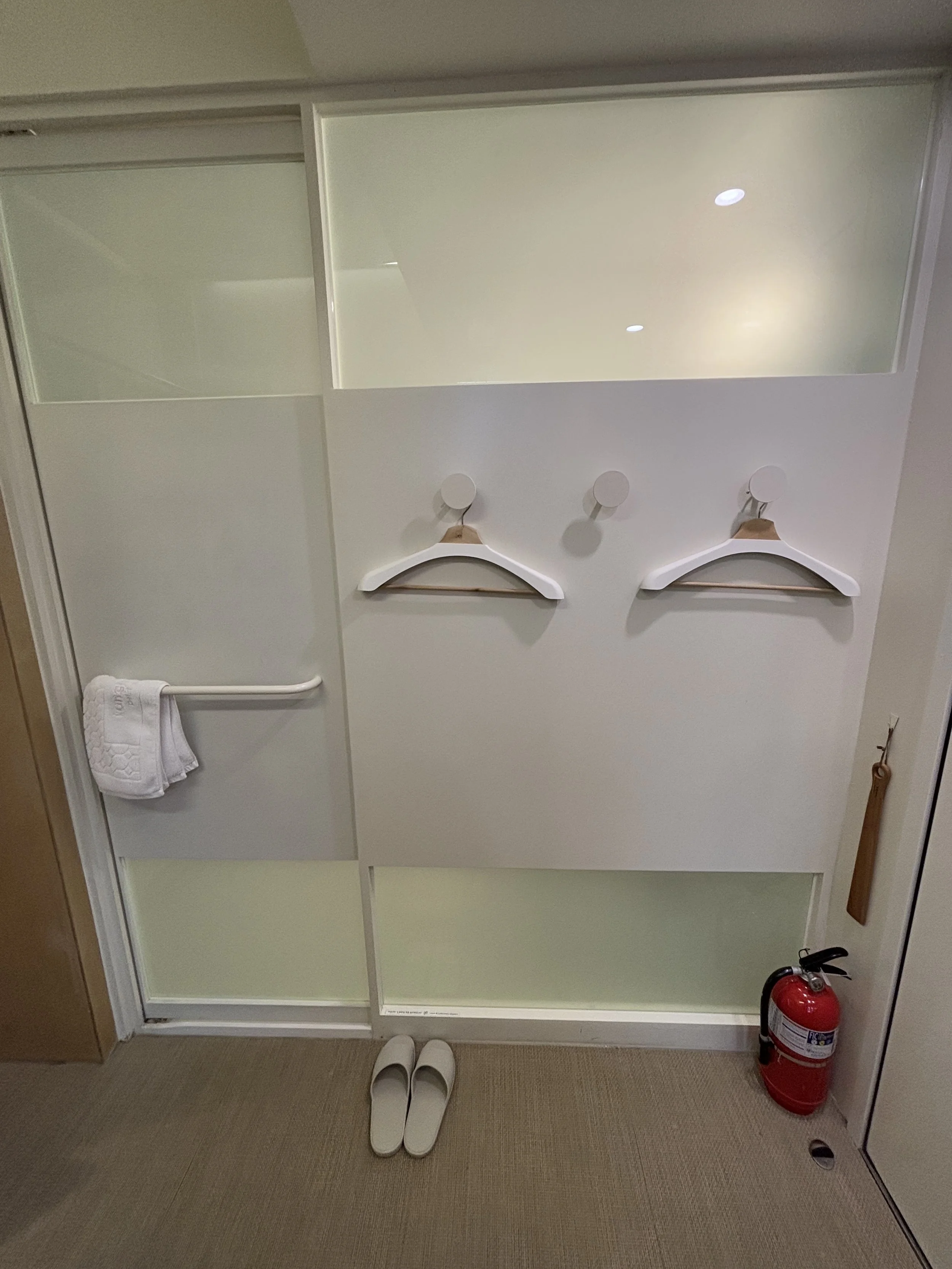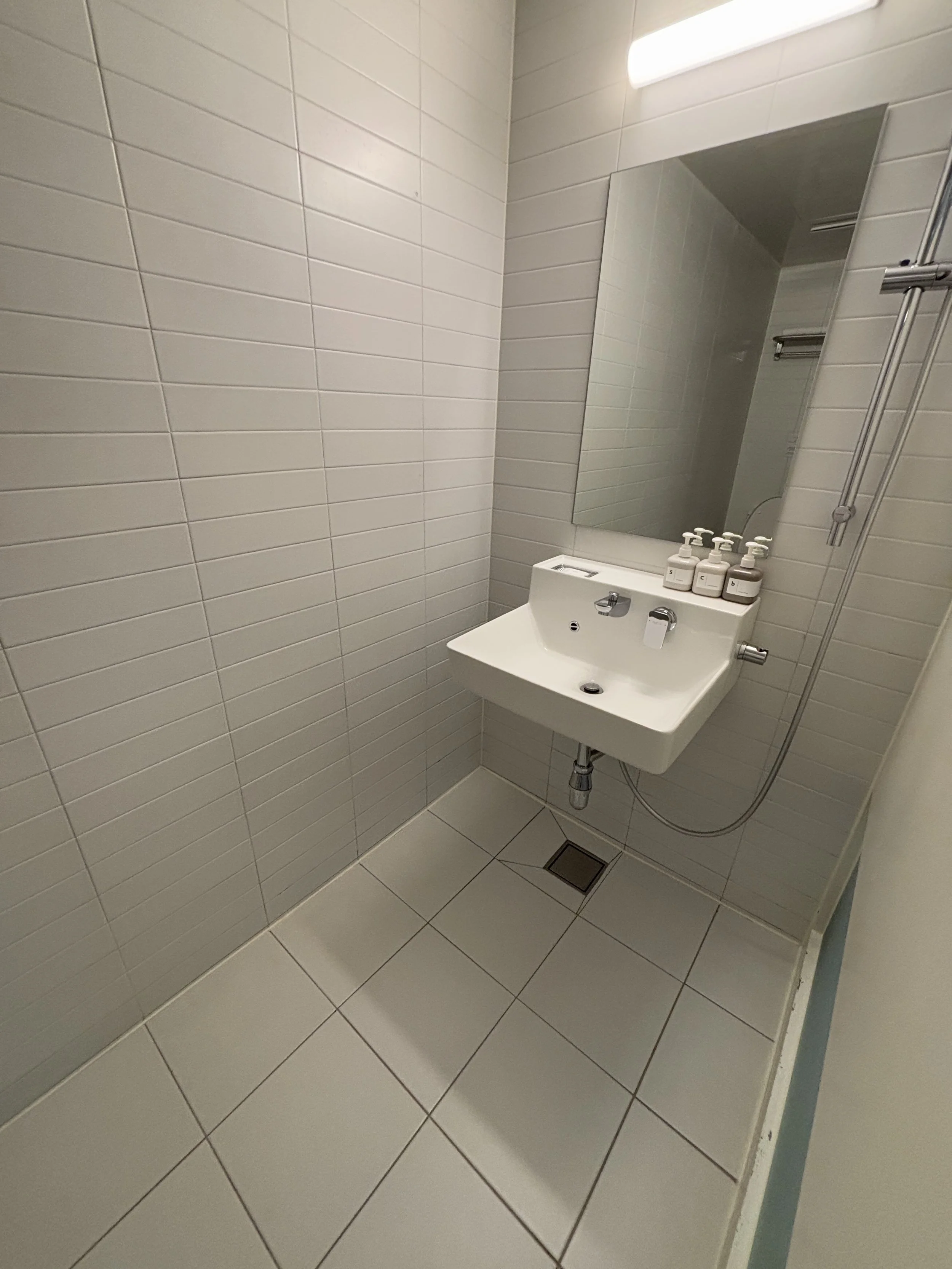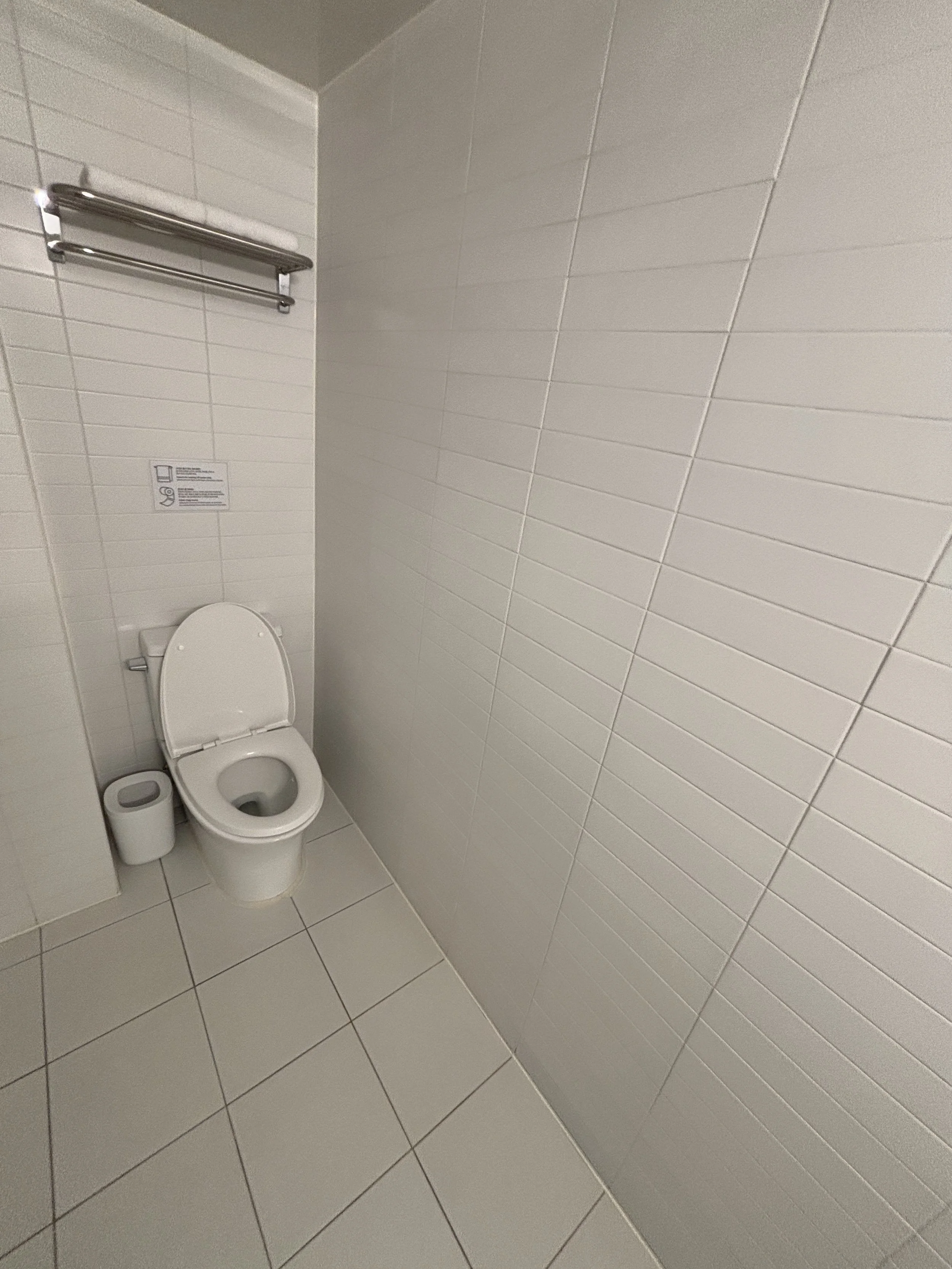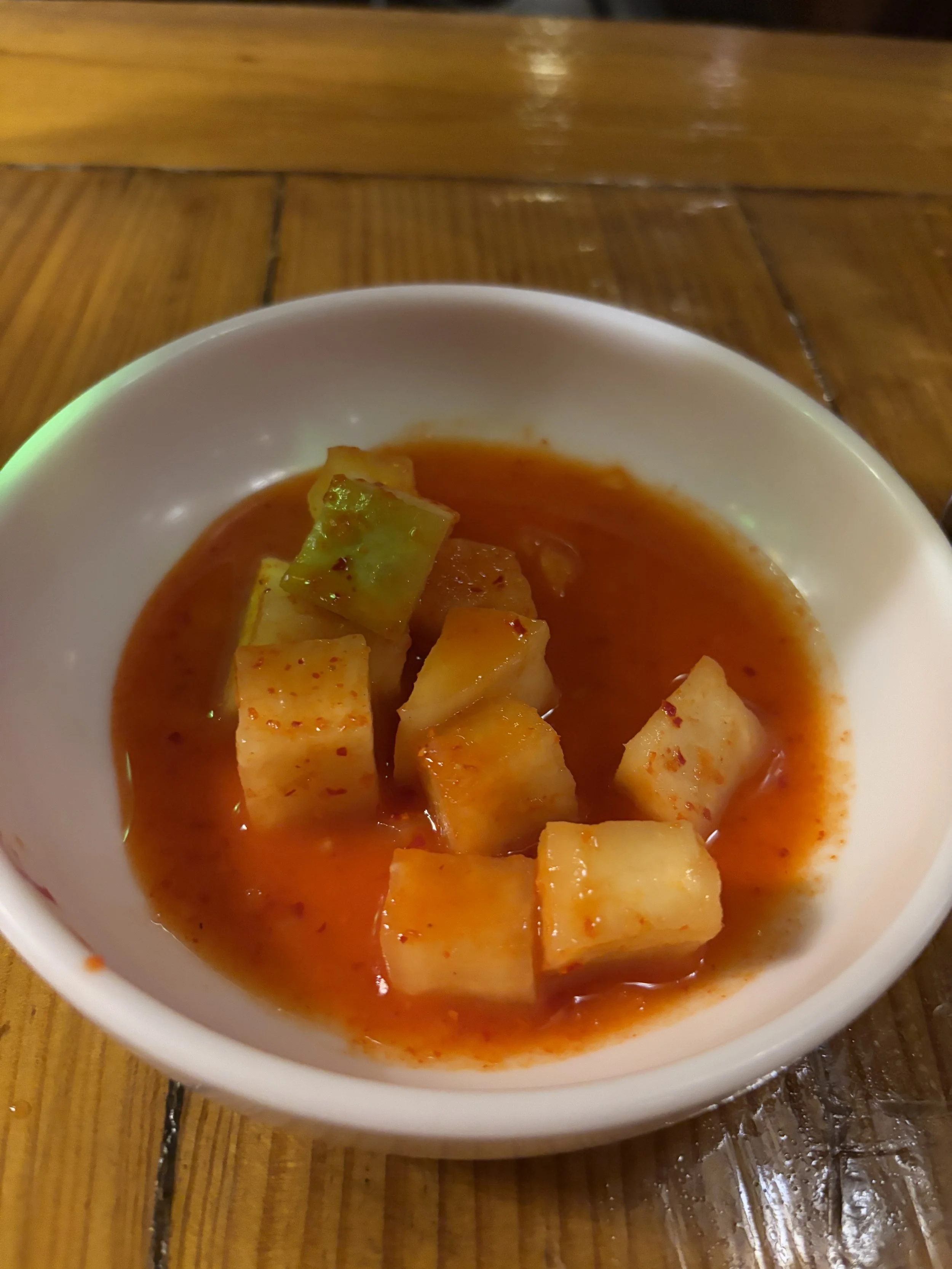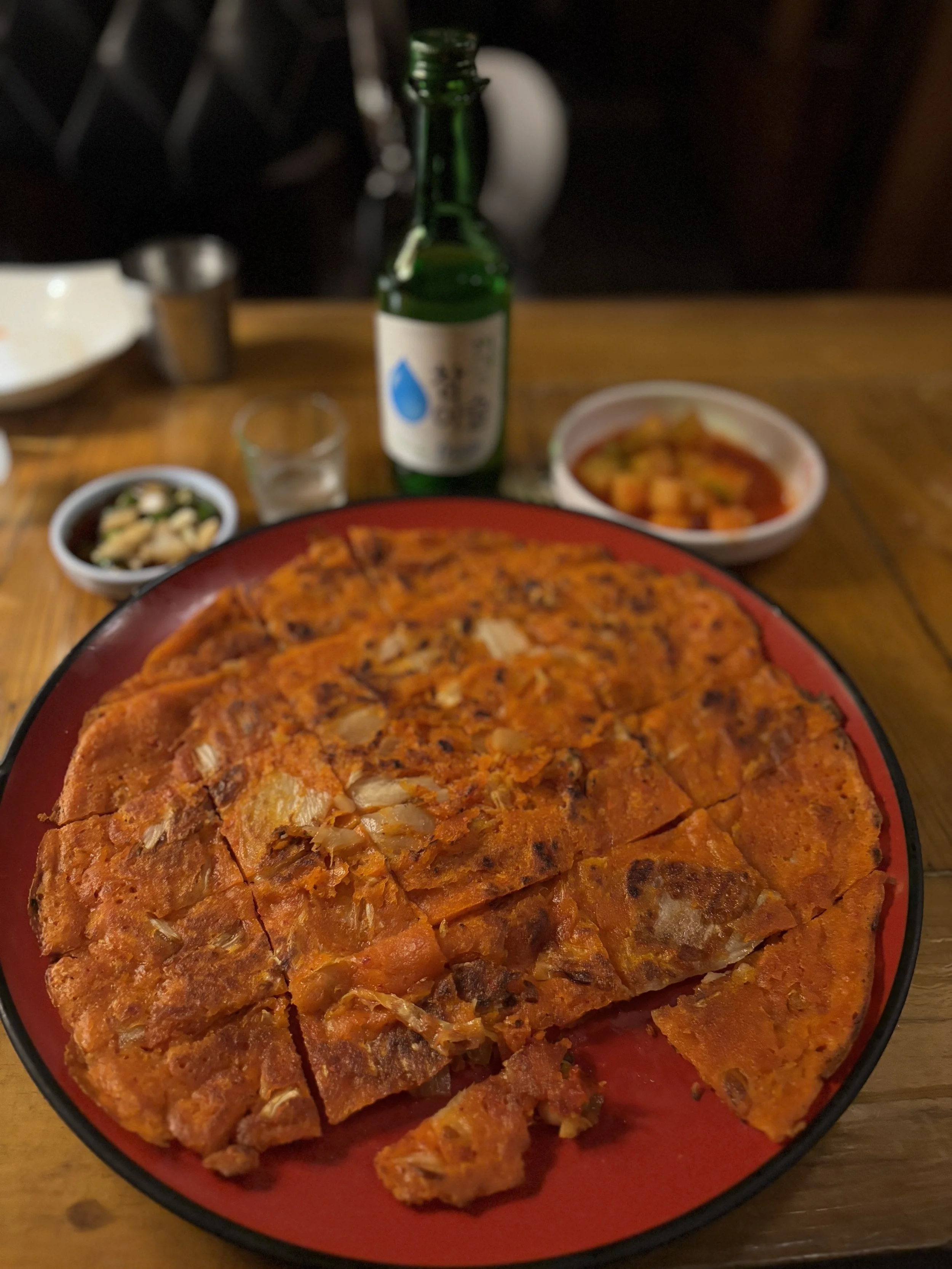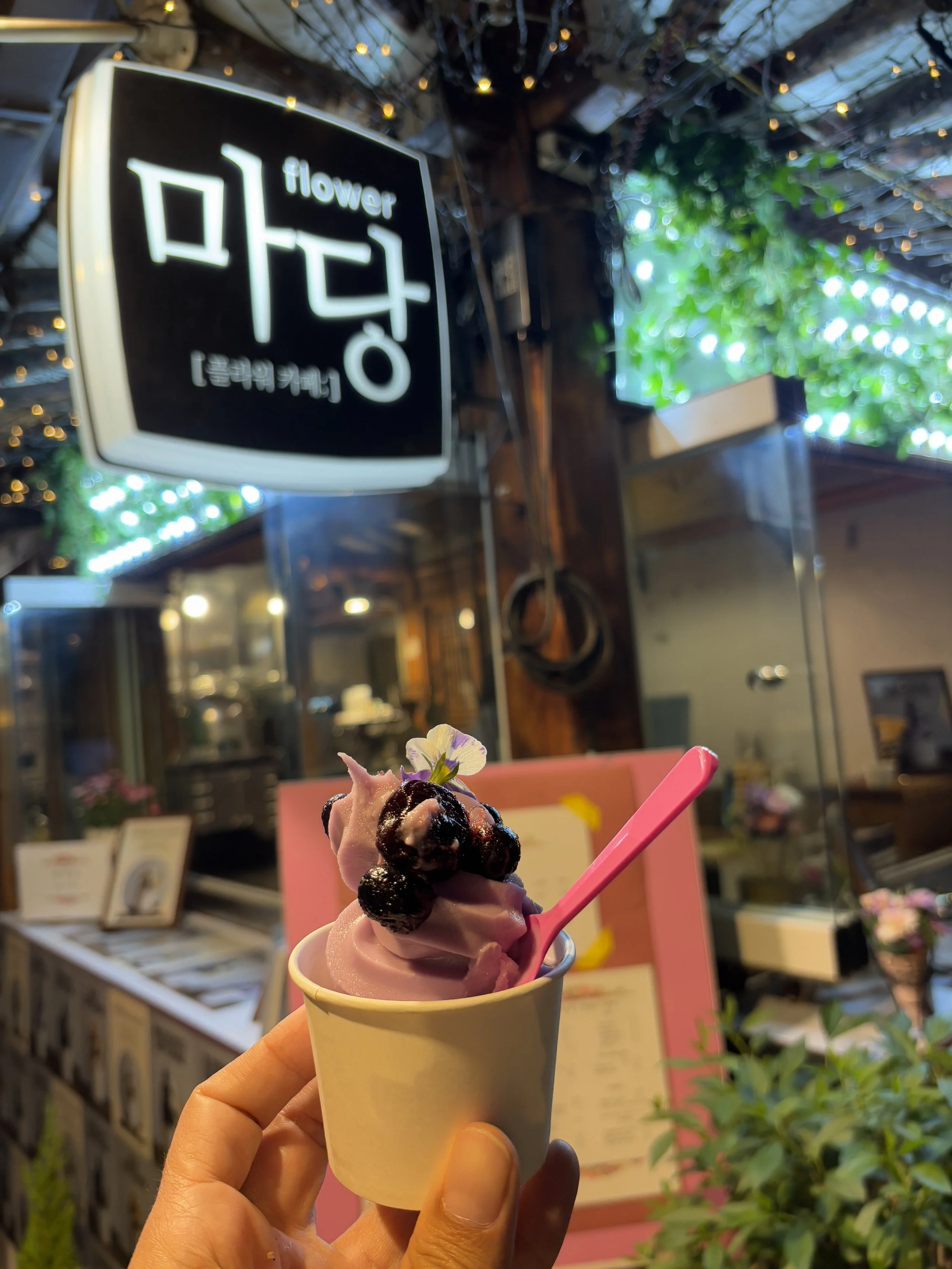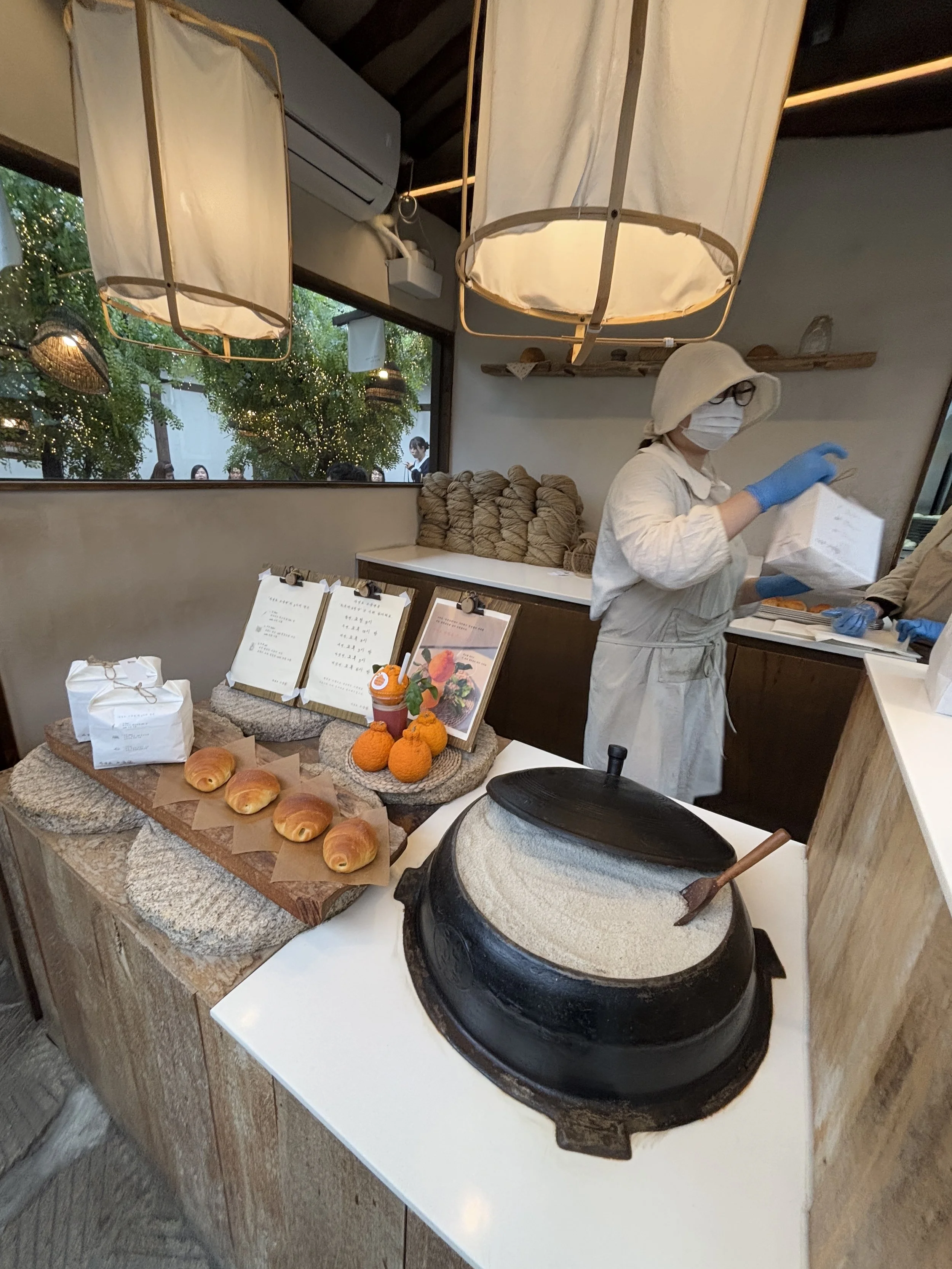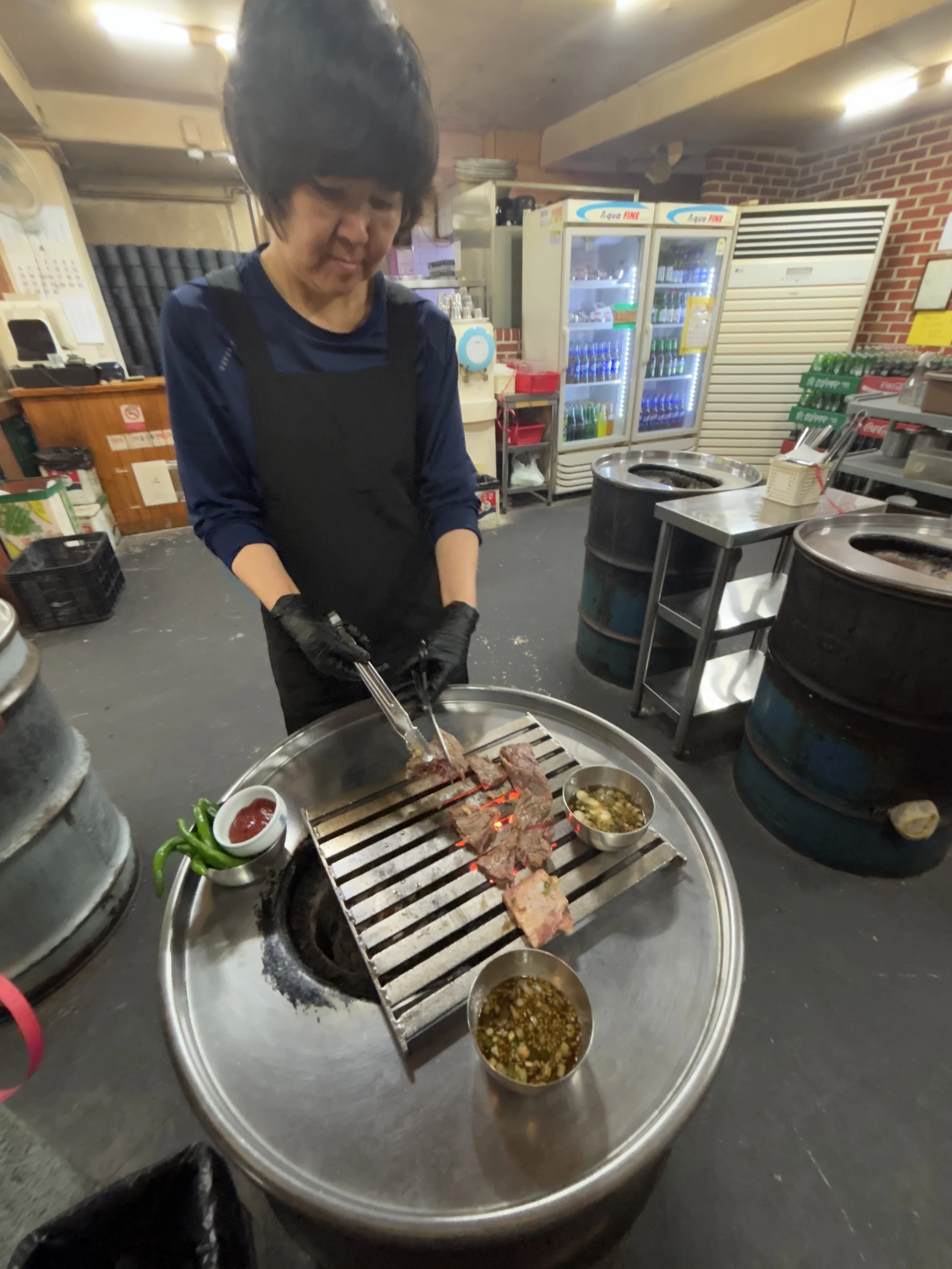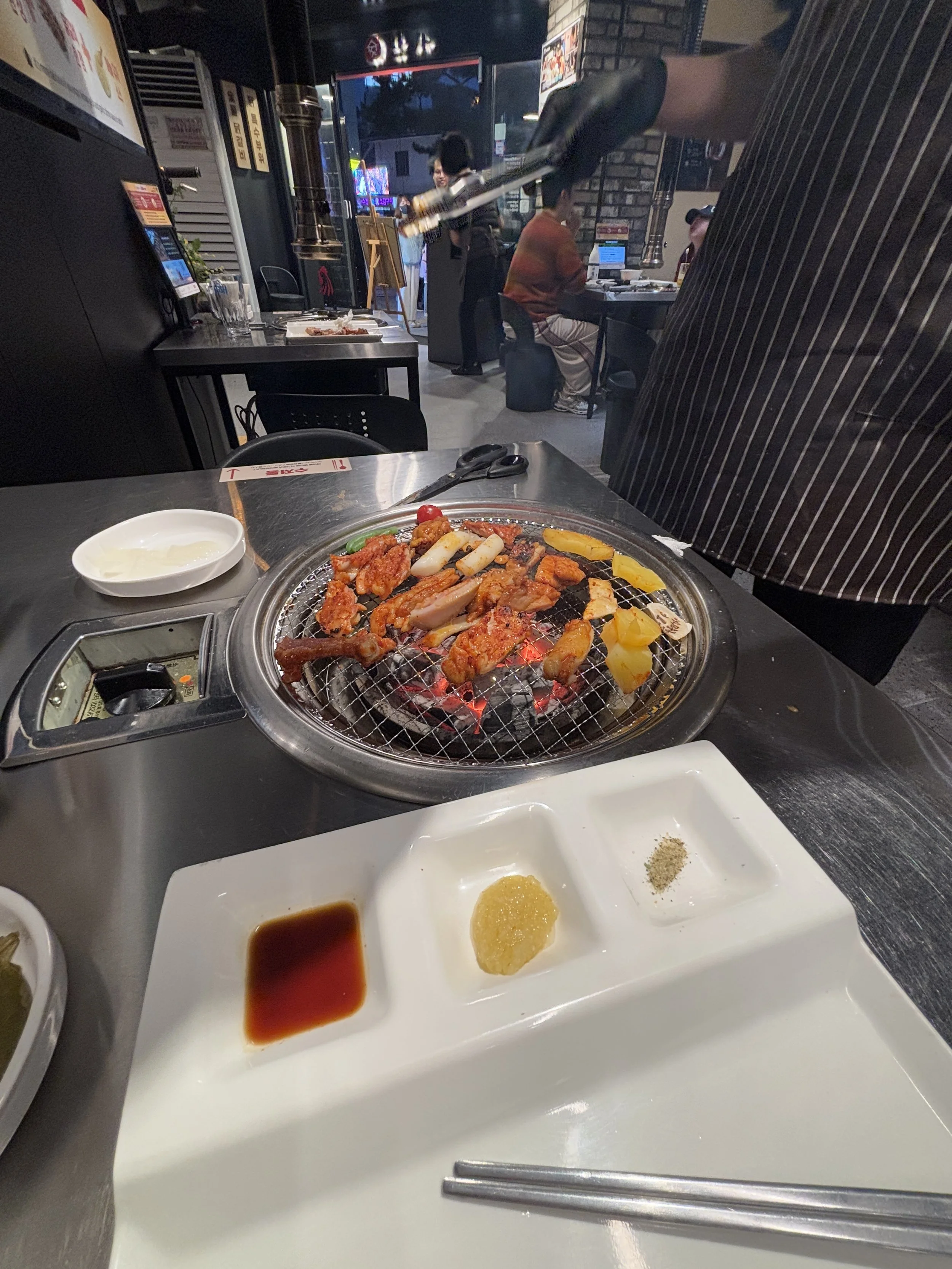What to do and to see on a short trip to Seoul
Perhaps South Korea doesn’t get as much attention, as a tourist destination, as its neighbours, Japan and China, but it is truly interesting place and one that I definitely recommend visiting, if you have a chance.
On this trip I had only 3 days, which it seems to me it is the bare minimum to get to see the key highlights of Seoul and squeeze in the customary excursion to the Demilitarized Zone (DMZ) on the border with North Korea.
So, most of the spots I cover here are in the I even had to leave out some areas, such as the famous Gangnam district, south of the Han River, but, hey, they say you must always leave something for your next trip!
In any case, I hope this post will provide some guidance if you ever find yourself in Seoul with some time to spare and wondering what to do and to see while in the city.
Getting to the city center from Incheon Airport
After arriving in Seoul from Kazakhstan, and clearing the rather long immigration queue (don’t forget to fill the Korean e-arrival card before your flight!) it was time to head for downtown Seoul, which is some way from Incheon, where the main international airport is located (there’s a smaller airport at Gimpo, which is used mostly by domestic and long-haul flights).
Public transportation in Seoul is excellent and there are different ways to get to the airport. The one I can recommend, because I used it myself and worked pretty well, is the AREX express train that runs from Incheon airport to Seoul’s central station nonstop.
It costs around US$7 / €6, which compares pretty favourably with many airport express trains in Europe, particularly when you factor in what you get in return: a reliably, nonstop service on a spotlessly clean train, fitted with comfortable and spacious seats, fast, free wifi onboard and even a free bottle of water, which the staff distributes during the roughly 45 min ride!
It runs about twice an hour or so. Also it is not really like a metro in which you just step in, you have to select tickets for a specific train (you can do that at the machines at the station) and you get your seats assigned.
The cartoon-stamped tickets that are make for a nice souvenir (as we shall soon see, Koreans really, really, like their anime-type cartoons!).
Some practical things to do when you arrive in Korea
Once you arrive at Seoul’s central station, I recommend you go change some money to get cash (while Korea is not as cash-depedent as Japan, it is still used quite a lot). There are a couple of currency exchnage counters next to the station but already on the street.
Also, importantly, a T-money card, which is a sort of prepaid card which you can use on public transportation, but also to pay at convenience stores and the like. You can buy it at any convenience store for the equivalent of a couple of euros or dollars and then keep refilling it at your convenience.
What to see and what to do in Central Seoul
A walk through Euljiro & Myeongdong
Seoul is a proper megalopolis and it has several districts that could be each be considered a “downtown” on its very own. Perhaps the most central one is the area of the Euljiro district and Myeongdong Street.
This is a buzzing business district with a central pedestrianized area absolutely packed with shops, restaurants and streets vendors. Think Times Square in NYC or Soho in London. This is also the area where you will find plenty of tourists.
The street food part is particularly interesting, since the offerings are quite diverse (more on food later when I detail my Seoul gastronomic experience).
So, I would say, walk around, soak up the atmosphere and the energy of the place.
Also, Euljiro is a place you can visit until in the evening, since everything is open until quite late.
Gyenongbokgung Palace
This is a must-see in Seoul. Gyenongbokgung Palace is one of the historical heritage highlights in the country and you can see why the moment you get there.
Gyenongbokgung Palace is a sprawling complex which served as a residence of the Joseon kings (an earlier form of Korean state that existed prior to the Japanese occupation at the turn of the 20th Century.
By the way, while the main entrance is on the south side, facing Gwanghwamun Square, I approached Gyenongbokgung Palace from its eastern side, where there is also an access point. This allowed me to see also Yeollin Songhyeon Square, which is the park you can see in the image below.
The palace consists of a number of low-lying pavilions built in traditional style and spread over a rather vast area. The entrance fee is 3,000 KRW, which is about $/€ 2-3.
One of the things you will notice immediately upon visiting is the fact that many visitors like to cosplay in traditional dress.
This is something I saw later at some historical sites in Japan as well, and, while it feels a bit weird when you first see it (imagine touring the Roman Forum dressed as a Roman!) it actually adds to the atmosphere of the place and produces some nice pictures.
Unlike European royal palaces, there is not that much to see inside the buildings, which are usually diaphanous and relatively small structures, so, visiting Gyenongbokgung Palace is mostly an outdoors experience.
There are also gardens and even a pond within the palace grounds. So make sure you assign a couple of hours to if you don’t want to be in a rush.
Gwanghwamun Square
If you leave Gyenongbokgung Palace through its southern gate (depicted above) you will find yourself on Gwanghwamun Square, which is not so much a “square” but a broad avenue lined with high rises, cafés, shops and fountains.
At the time of my visit, in early May, the weather was very nice and this area was buzzing with activity, including some sort of street music festival.
This area serves as a nexus between the Gyenongbokgung Palace grounds and Seoul’s central business district and one of the must-visit places in the city, the Cheonggyecheon riverside promenade.
A walk along the Cheonggyecheon river banks
This is perhaps one of the most inspiring stories of positive urban transformation that I have come across.
In the early 2000s, the banks of the Cheonggyecheon river, a stream that runs through the very center of Seoul, were the object of a comprehensive restoration project that saw an elevated motorway and related concrete structures all removed and the whole area turned into a delightful urban garden. The results are simply spectacular!
In the pictures below you can see how the banks of the Cheonggyecheon river look like nowadays, on a fair weather afternoon. While this picture depicts one of its most central stretches, the stream runs like this for about 3.6 miles!
The restoration project was so successful that you can even see some wildlife around the stream, despite the fact that it is locate in the middle of a huge city.
I was also amazed by the number of people reading books by the river (many of them sitting on the very purposefully placed plastic chairs). It turns out there is even a riverine library you can borrow books from!
You can walk all along the banks and, what’s even more amazing, you can cross the stream at designated places, where lines of stepping stones have been laid out across the stream (without blocking the flow), precisely for this purpose.
The Cheonggyecheon is also full of surprises, like some small “waterfalls” or decorative elements, such as these mosaics dedicated to telling some episodes of Korean history.
Dongdaemun General Market
And, now, time to head east of downtown (still pretty central, though) to explore the Dongdaemun area.
The first stop is Dongdaemun Market. It is located in a modern building with shops structured in several alleys or corridors, a bit reminiscent of the Middle East bazaars.
A large part of the market is dedicated to the textile trade, with dozens of shops selling all sorts of cloth and fabrics. But the area I think would be of most interest to visitors is the food hall. Here you can find a huge eating area with dozens of food stalls offering different Korean and Asian specialities.
In fact, the options are so numerous that they can induce quite a bit of FOMO!
It’s hard to find a seating spot, though, and this acts like a powerful mechanism to narrow down your choices, if you wish to use your lunch time to rest a bit. So, it was really convenient to see a spot at this dumpling place, which you can see in this pictures, being freed and up for the takes. This was, I think, a truly excellent choice!
As you can see, the dumplings were as fresh as they get and filled with kimchi, of course! (there are other possible fillings, though)
Exploring the Dongdaemun Design Plaza (DDP) and Seoul city walls
Quite close to Dongdaemun market is the Dongdaemun Design Plaza (DDP), a rather futuristic building designed by the very renowned architect, the late Zaha Hadid, and completed in 2014.
Dongdaemun Design Plaza (DDP) is one of the landmarks of Seoul’s contemporary architecture and it fulfills several purposes: it hosts several exhibition spaces as well as a mall and a busy subway station. In fact, the whole area around it is one of the several business districts that dot Seoul.
Dongdaemun Design Plaza (DDP) sits also next to the southeastern corner of the Seoul city walls (“Hanyangdoseong” in Korean).
It is quite remarkable that despite the amount of urban development undergone in the second half of the 20th century and beyond, Seoul has preserved a very significant portion of its ancient city walls, with some parts dating back to the late 14th C.
I guess one of the factors that has helped preserve them is the fact that these walls were built over a chain of hills which encircles the present-day downtown.
There are still around 18km of walls left and there are several trails you can follow along them. I limited myself to the most immediate stretch (again, the time constraint!) next to Heunginjimuin Gate (pictured below).
It is a bit of an uphill walk from Dongdaemun, but, still, good to get some views. Next to this section of the wall you can also visit the Seoul City Wall Museum.
Visiting Hongdae (Hongik University)
Right at the opposite edge of Seoul city center (to the west of it) is another area of note: the very vibrant Hongdae, also known for being located next to Hongik University.
This area is buzzing with commercial activity, street life, cafés and restaurants. During my relatively short walk I counted quite a few street performances, some of them of pretty high level, both solo and by groups dancing coreographies together.
A big part of this area is also pedestrianised so there are crowds moving up and down the street checking the many shops. I would say the area closer to Hongik University station appeared to be more upmarket, with some major brands having shops there, and it gets progressively more tacky as you move along Hongdae street.
In any case, an interesting area, well worth a visit, if only to imbibe the atmosphere.
Visiting the War Memorial of Korea
The Korean War, which is technically still ongoing, plays a massive role in the recent history of the country and its collective psyche. Off-duty soldiers in uniform are a common sight at Seoul’s stations and, as we shall soon see, a visit to the Demilitarized Zone separating the two Koreas is also a much recommended experience.
This is why the impressive War Memorial of Korea, which is located a bit south of downtown, is one of Seoul’s must-see landmarks.
In addition to being a memorial which pays homage to those that fought and lived through the war, including the many allied nations that helped South Korea keep its freedom, the War Memorial of Korea is also a huge museum.
The Korean War (1950-53) is, of course, the central theme, but the museum includes also exhibits about other aspects of Korean history, such as the formation of the country and the different kingdoms that existed in pre-modern times, and the many different foreign interventions and invasions Korea has suffered throughout its history.
Those interested in aircraft, tanks and all sorts of military gear, will enjoy the displays, which include quite a few examples of weaponry from the time of the Korean War.
There are also some other exhibits dedicated to the period after 1953. Since the conflict has been flaring up regularly, as the two Koreas face each other across the heavily fortified border.
The museum also showcases the emergence of South Korea as an industrial power on its very own and has also some interesting displays about the current military programmes and technologies
There is also an impressive outdoor exhibition, with an impressive array of Cold War era aircraft, tanks and other weaponry on display. These include fighters like this F-4 Phantom II aircraft and a B-52 bomber.
One of the highlights of the outdoor exhibition is this patrol boat (below), which in the 1990s was involved in a firefight at sea with North Korean boats in which several South Korean sailors died. You can see the impacts on the side of the boat.
And, even if the museum is all about truly serious matters, you know Koreans like they cartoons!
So, in short, go visit the memorial if you are interested in this type of things! And, of course, if this is the case, then you should also consider a tour of the DMZ.
So continue onto the next section to see how it is like!
How to visit the Korean DMZ
It is hard to imagine when you are in the midst of Seoul’s buzzing streets, but the South Korean capital is barely an hour drive away from the border of a totalitarian, militaristic dictatorship. The border between the two Koreas, which runs roughly, but not exactly, along the 38th Parallel, is just a short bus ride away from Seoul.
A tour of the DMZ is, in my opinion, one of the must-do activities if visiting Seoul.
There are many tours which can be booked online. They offer more or less the same program for similar prices.
Many tours leave early in the morning (around 7am) from next to Myeongdong metro station, in central Seoul. They usually return you to the same spot in the early afternoon, around 2 or 3pm.
So, I guess, the differential factor is the guide. In this regard, I can say I am very happy with the tour I took and our guide, Paul, which proved to be an extremely articulate, fun and knowledgeable guy throughout the whole trip.
At this point, it is important to clarify a few points, since I made myself these very same questions when choosing the tours.
At the time of my visit (May 2025) the Joint Security Area, which is the facility most global audiences are familiar with, right at the border and with soldiers from each side face each other, is off limits to visitors.
It has been possible to visit it at times in the past, but the area was closed to tourists in 2023 after an incident in which an American soldier crossed over to the North. There was been talk about the area reopneinig to visitors at some point in 2025, but, so far as and as I am writing these lines, this hasn’t happened yet.
So, if you want to visit this geopolitical hotspot, you would need to content yourself with a more limited tour, which would typically take you to the following points of interest:
1) The Bridge of Freedom, which is a river crossing where some of the last exchanges of prisoners (and population!) took place right at the end of the active phase of the war. To be clear, both banks of the river are in South Korean territory at this spot, but here are some vestiges of that time, like a badly mauled steam locomotive that was left in place after after it was shot at.
There is also a memorial park with quite a few elements that refer to what happened here in the early 1950s. It is also possible to visit a viewpoint to look across the river. Here there are also bars, cafés and services.
2) Next stop if the Dora Observatory, from where it’s possible to have a peek at the north. This hilltop facility has even an indoor theatre-like hall and glass walls with views of Kaesong, the largest city on the north side of the border in this section of the DMZ.
By the way, if I don’t post more pictures of the excursion here it is, simply, because it is strictly forbidden to take pictures in most of the DMZ.
It is only allowed in some places, like the parking of the Dora Observatory (below) where you can get a glimpse of the mountains of North Korea in the background.
3) The 3rd Invasion Tunnel, which was built by the north to open a potential path into the south in case of invasion. The tunnel was discovered and sealed, but it is possible to visit a section that was left open.
This involves walking some 500 meters underground until you get to a spot that is blocked by a concrete wall. At this point, I guess, you are pretty close to the border, although, of course, you can’t see it.
Some tours offer an extension which includes stopping on the way at a lake where there is suspension bridge that makes for nice instragram pics, but I didn’t do that. These additional places are outside the DMZ anyway.
There are also some interesting sights along the way, like the, now blocked, road which connected South Korea to a joint industrial area that was built in the North during a brief period of thaw in relations. There are also plenty of signs reminding you that you are actually in a war zone under UN supervision.
The final stop of the tour was at one of the few inhabited villages within the DMZ, where there is a souvenir shop and café. Here you can find all sorts of memorabilia and DMZ-themed products, including rice grown by the local villagers (in the few fields that are clear of mines, I guess, because the whole area is heavily mined!)
Where to stay in Seoul
Tong Tong Petit Hotel
91 Yulgok-ro 10-gil
Jongno District, Seoul
I found this little boutique hotel for a good price on Booking.com and, was quite happy with the choice. To start with, its location is great. In a pretty central and commercial neighbourhood and a 5 minute walk away from Jongno metro station, which takes you direct to and from Seoul’s central station in about 15 minutes.
It is located on a quite side street and next to a temple.
I kind of liked the original set up, with a pseudo-bunk bed (in fact, even if it is just a one person bed, its elevated position allows for an optimal use of space, as you can see in the pics below).
The place was impeccably clean and the wifi worked really well.
The one thing I am not a big fan of, though, is the fact that the bathroom is wet room, so there is no separate shower. This was not really clear in the hotel information pre-booking and was a bit of a surprise. However, as I just mentioned, it was super neat and clean, and was not a big inconvenience.
The hotel also provides you a pair of rubber slippers.
The interaction with the hotel staff was also friendly throughout. The reception is not manned 24h, but you get access codes to be able to access your room when they are not there. They also use whatsapp for fast communication. In my case, they offered me to check in early at no cost (I had arrived on a very early flight), which was a great plus!
Casual places to eat in Central Seoul
Seoul could well be one of the world capitals of casual dining. Food stalls are pretty much everywhere. I already spoke about Dongdaemun market and Myeongdong street, but I was also surprised to discover that the area next to my hotel was also becoming a large outdoors food hall pretty much every evening.
The bars and restaurants on and around Donhwamun-ro street set up terraces, which totally fill up with people (lots of groups) eating out. It gets so busy that it is, actually, quite difficult to find a spot (I didn’t manage to do so!). Below are a couple of pictures of the area in the morning, when it empties out.
Recommended place to eat in Seoul
Kkotpineun Sangol
17 Jong-ro 11-gil
Jongno District, Seoul
This was quite a find: cozy, offering tasty food and great value. It is a bit difficult to find, though, since it is located at the end of a very narrow side alley and there are other bars and restaurants adjacent to it.
As you can see here, I had a kimchi-strong dinner, with this kimchi pancake as main, which was huge! And not very expensive. The side dishes were complimentary, btw!
Coming back for sure next time I am in Seoul.
Exploring Ikseon-dong Hanok Village
This was also a sort of random find on my way to the hotel, since it located nearby. Apparently Ikseon-dong Hanok Village is one of the few areas in Seoul that preserve the traditional layout, with one-floor buildings and narrow alleys laid out in a rather labyrinthine way. In fact, it is more of a trendy bar-restaurant area than a proper “neighbourhood” (I would be surprised if anyone lived there), think Camden Town in London, this sort of thing.
I will highlight a couple of places here:
One is the berries ice-cream I had at the Flower Yard Café, which you can see here on the right.
The other is the Jayeondo Sogeumppang Salt Bread bakery.
This latter place was quite interesting. I passed in front of it on my way to the hotel and saw it was quite popular, with people even queuing. So, next morning I came here for breakfast.
It is, in essence, a sort of gourmet bakery which makes only “salt bread”, which is basically a type of croissant.
You can only buy them in batches of three minimum and they are served in this cute packaging.
What can I say? Great marketing. Not for nothing they promote themselves as “the most viral bakery in Seoul”. They were tasty too.
Recommended coffee place in central Seoul (if you need to do some remote work)
The Coffee Bean & Tea Leaf
83 Cheonggyecheon-ro
Jongno District, Seoul
Yes, I know, this is just a branch of The Coffee Bean, a local Starbucks-like chain.
But I found this one branch was a particularly nice place to do some remote work on my laptop.
First, it is very central, right next to the river promenade. Second, it is big, and there was space aplenty. Third, it was very neat and clean and the staff were nice and helpful.
So, I thought worth mentioning, because I guess there are quite a few people out there that may be looking for a place like this while in Seoul.
Recommended Korean barbeque place in Seoul
연남서식당 (which would translate roughly as “Yeonnam-seo Sikdang”, or so I am told)
20-8 Myeongdong 7ga-gil
Jung District, Seoul
Kudos to indefatigable travelers Claudia and Kaan (aka @thelosttwo on Instagram) for suggesting me this place.
It is actually quite amazing to find a place like this right in the middle of Euljiro and next to one of Seoul’s top commercial streets (the Apple store in on the same block).
From outside, the place looks more like a garage than a restaurant, but it is, I think, an excellent and great value choice if you wish to try Korean barbeque
Two particularities of this place: 1) You cook your own meat (this is not that unusual in Korean cuisine and 2) you do so while standing all the time, there is no sitting in this restaurant.
You do get some help from the staff, though! (as you can see in the pictures)
Pretty simple, but efficient and tasty!
Eating Dakgalbi (marinated chicken) in Hongae
By the way, I also went to eat dakgalbi, which is a type of marinated chicken traditional of Korean cuisine. From what I learned, it is a popular and simple dish, of which different variations exist.
So I went to this restaurant to try it out:
Vanga Dakgalbi Hongdae (반가 숯불 닭갈비)
147-1 Eoulmadang-ro, Mapo-gu, Seoul
I chose this place out of the many that offer Dakgalbi in this area, because it had very high reviews. However, it fell a bit short of expectations. The high rating, though, may be the product of very pro-actively seeking the reviews and even incentivising them.
The food and the service were ok-ish, but not super amazing, nothing to do with the authenticity of the experience in the other two places I mentioned earlier.
Possibly wouldn’t repeat with this one.
So, that’s all for now. As you can see, even a short visit to Seoul can result in quite a long post! And left with the feeling that when it comes to the South Korean capital, I had just scratched the surface…
